
Learn to create unique and memorable typographic logos that tell powerful stories and connect with your audience
Immerse yourself in the fascinating world of typographic logo design with a specialization that will take you from the basics to creating visual identities that tell powerful stories. Guided by five design masters, you'll learn to conceptualize and create logos that capture the essence of a brand, connecting emotionally with its audience. Develop a unique and authentic style while exploring typography and graphic synthesis. Discover how details can transform a logo into a memorable symbol that endures over time.
With this specialization, you'll master advanced typographic customization and visual adaptation techniques, taking everything to a narrative level where brands come alive. Experiment with minimalism and storytelling to build identities that are not only aesthetically pleasing but also communicate a profound message. Upon completion, you'll have the tools to create logos that not only represent a brand but also tell a story, thanks to the shared expertise of Migue Martí, Rubén Ferlo, Elias Mule, Daniel Barba López, and Rodrigo Suárez Araiza.
What will you learn in this specialization?


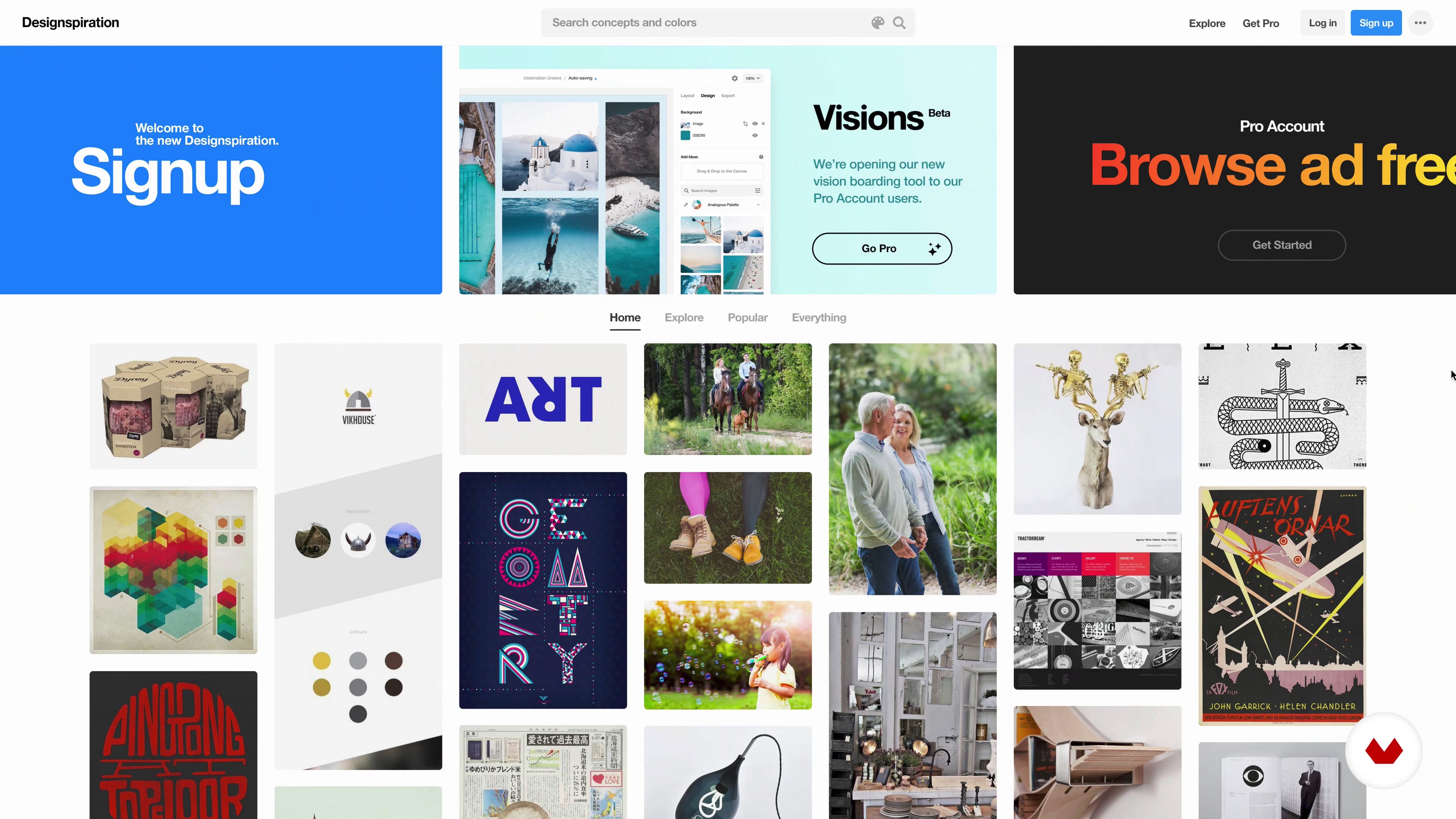
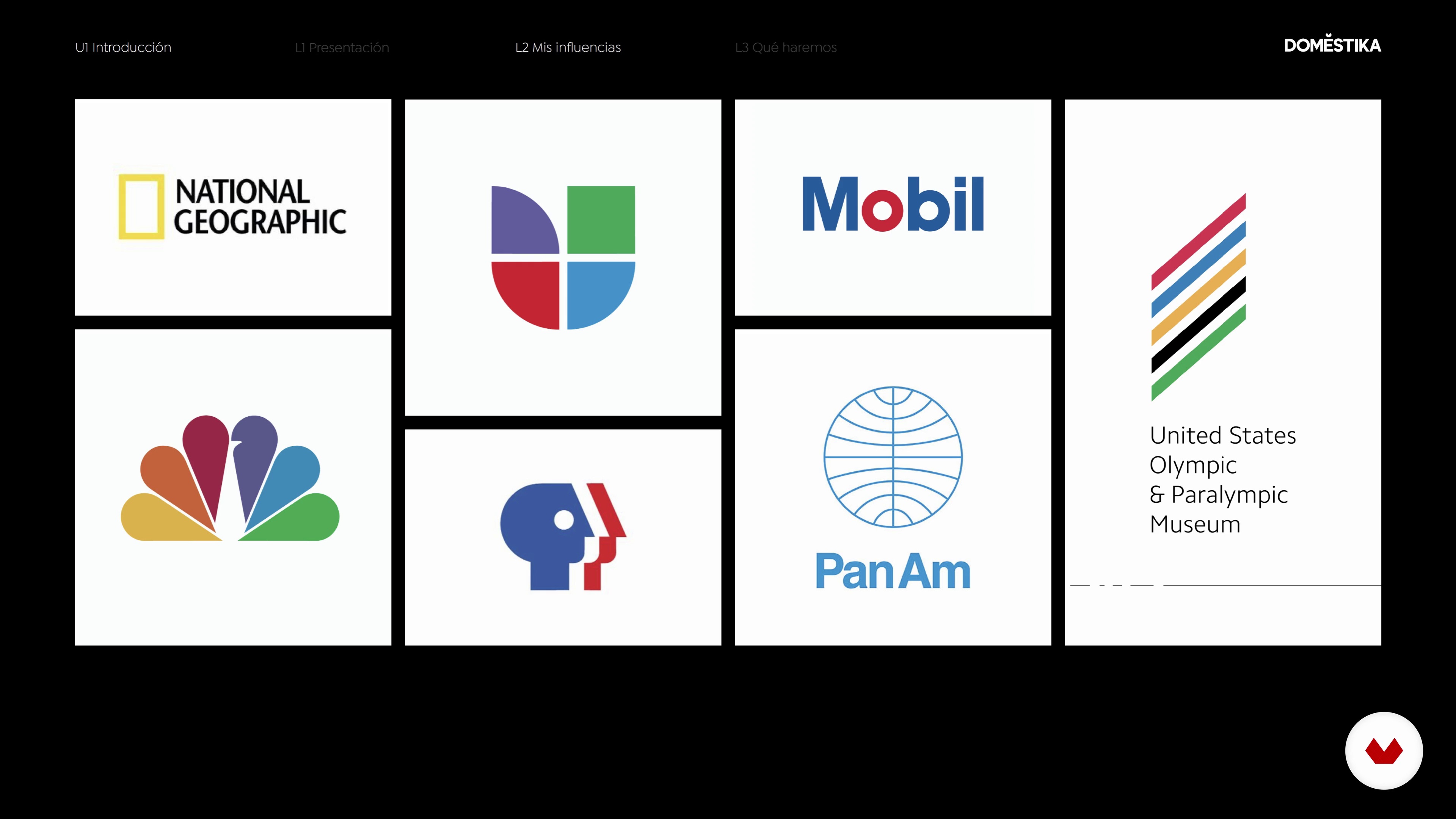
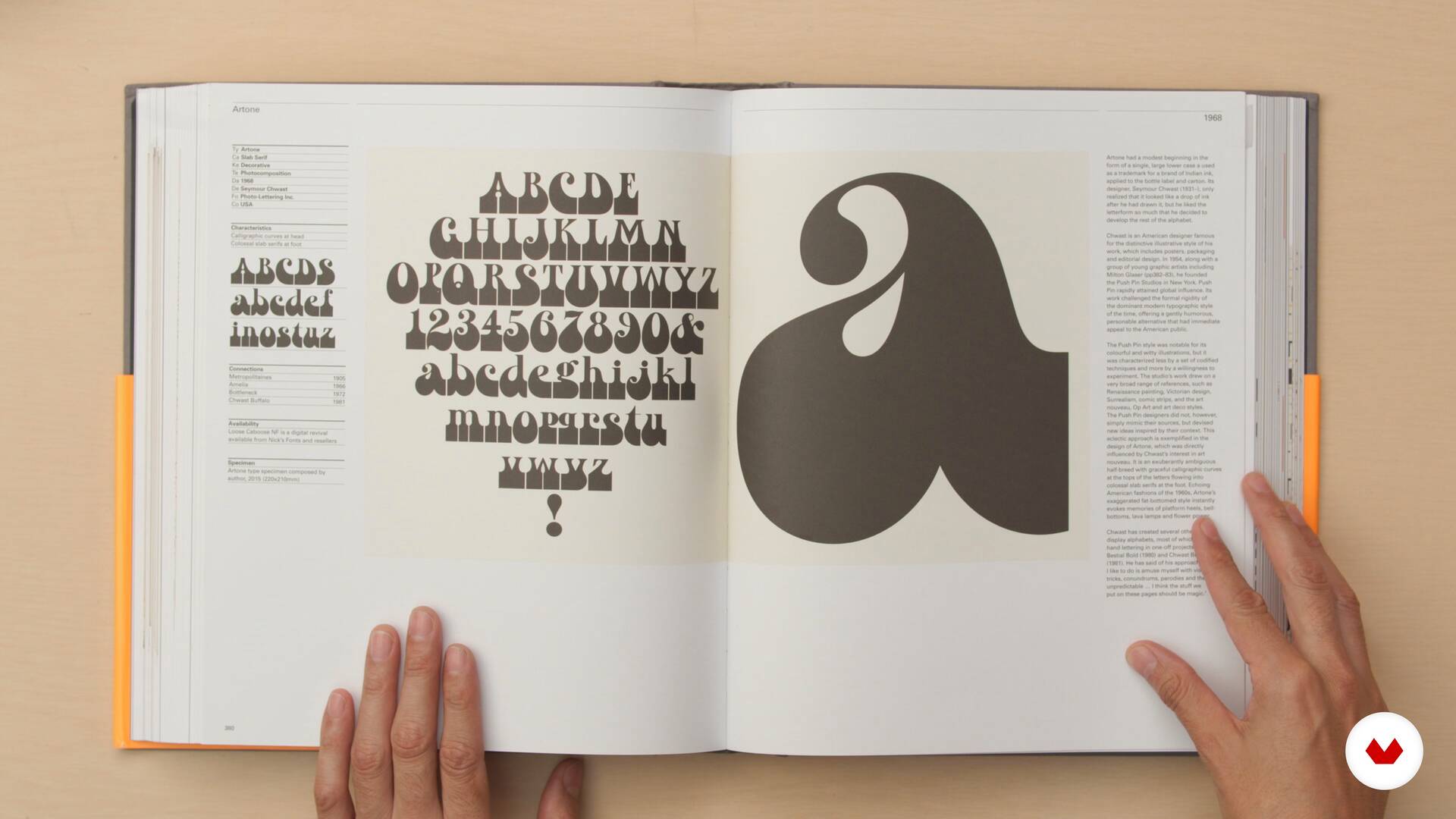
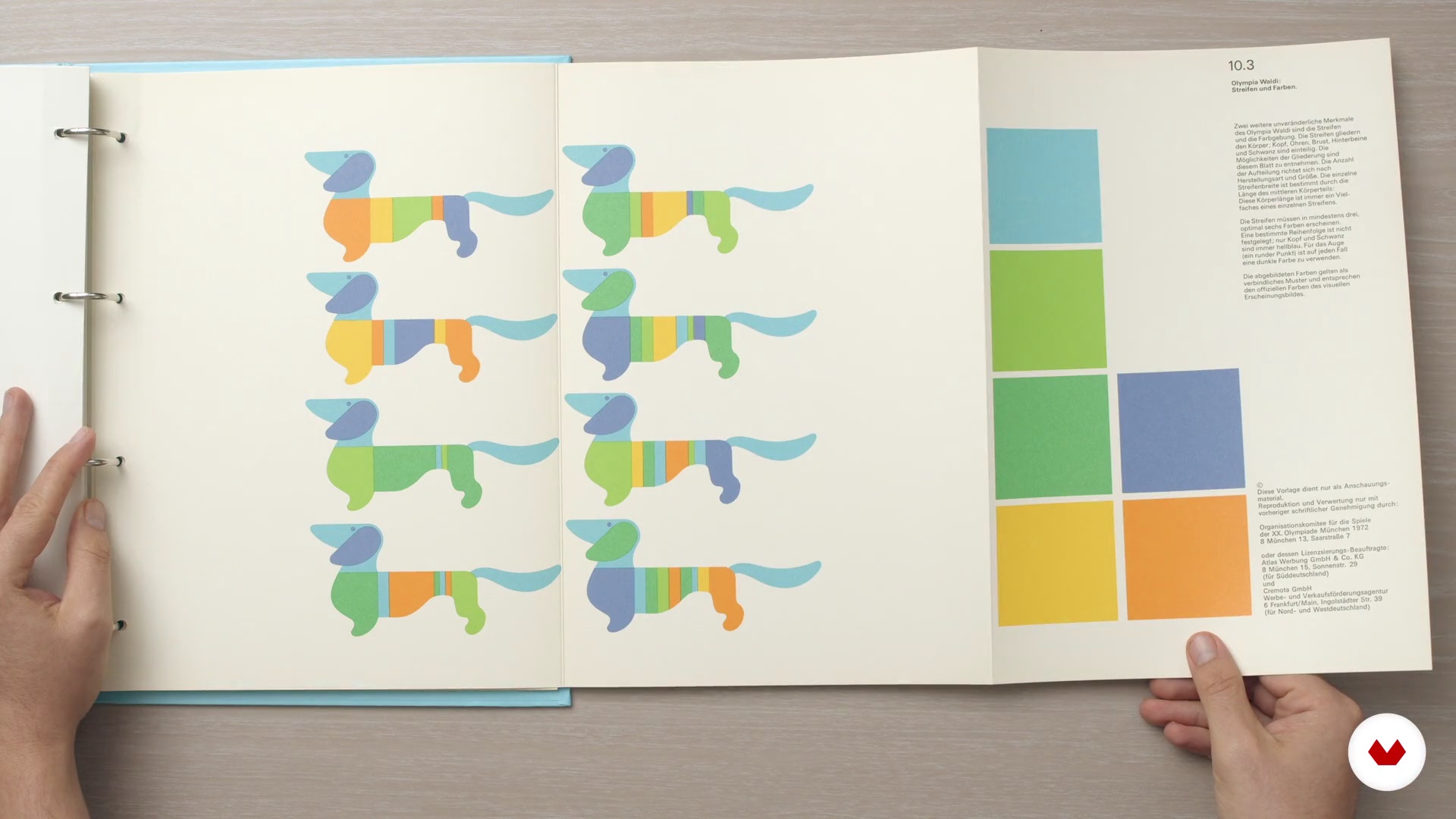
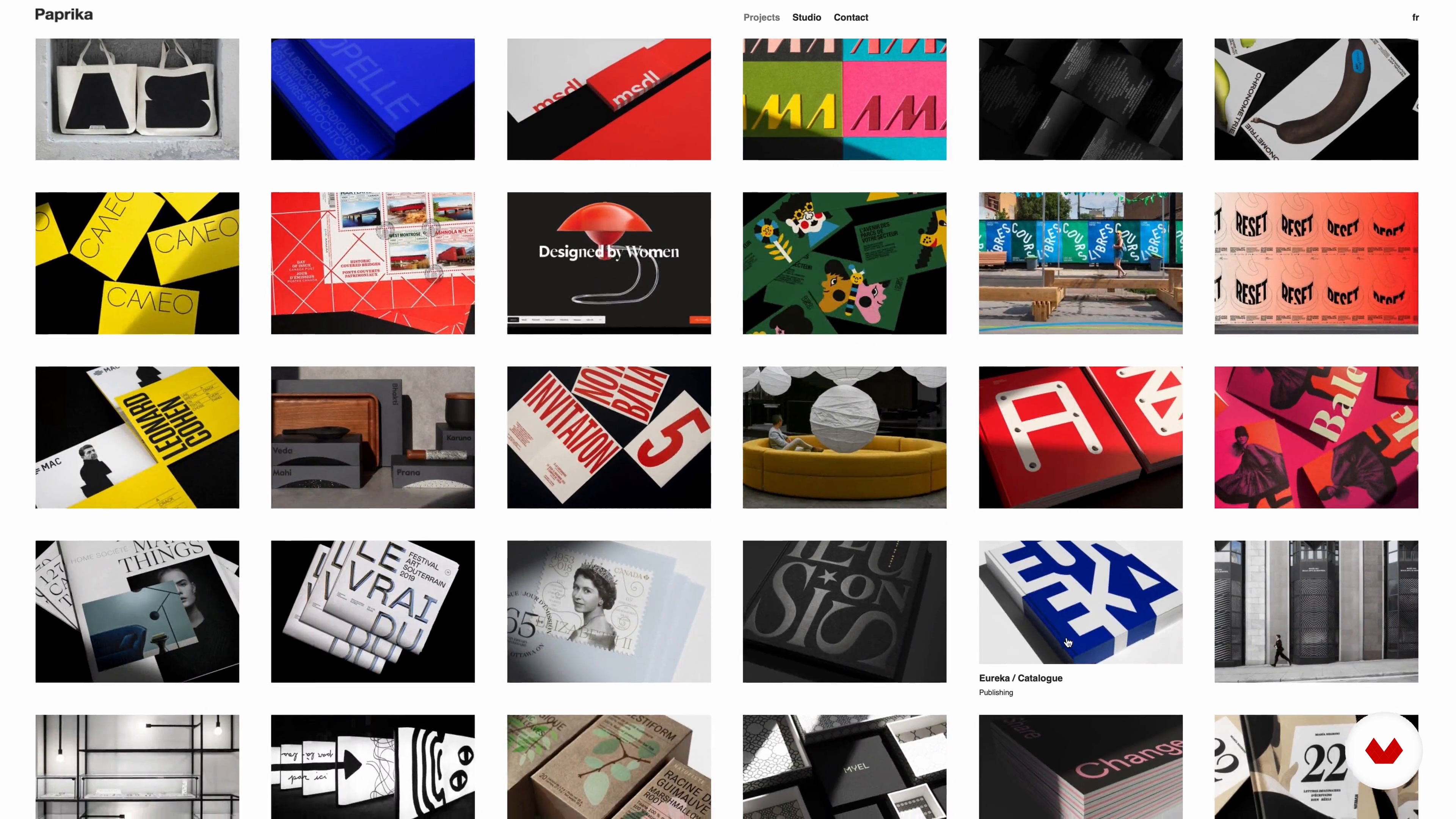
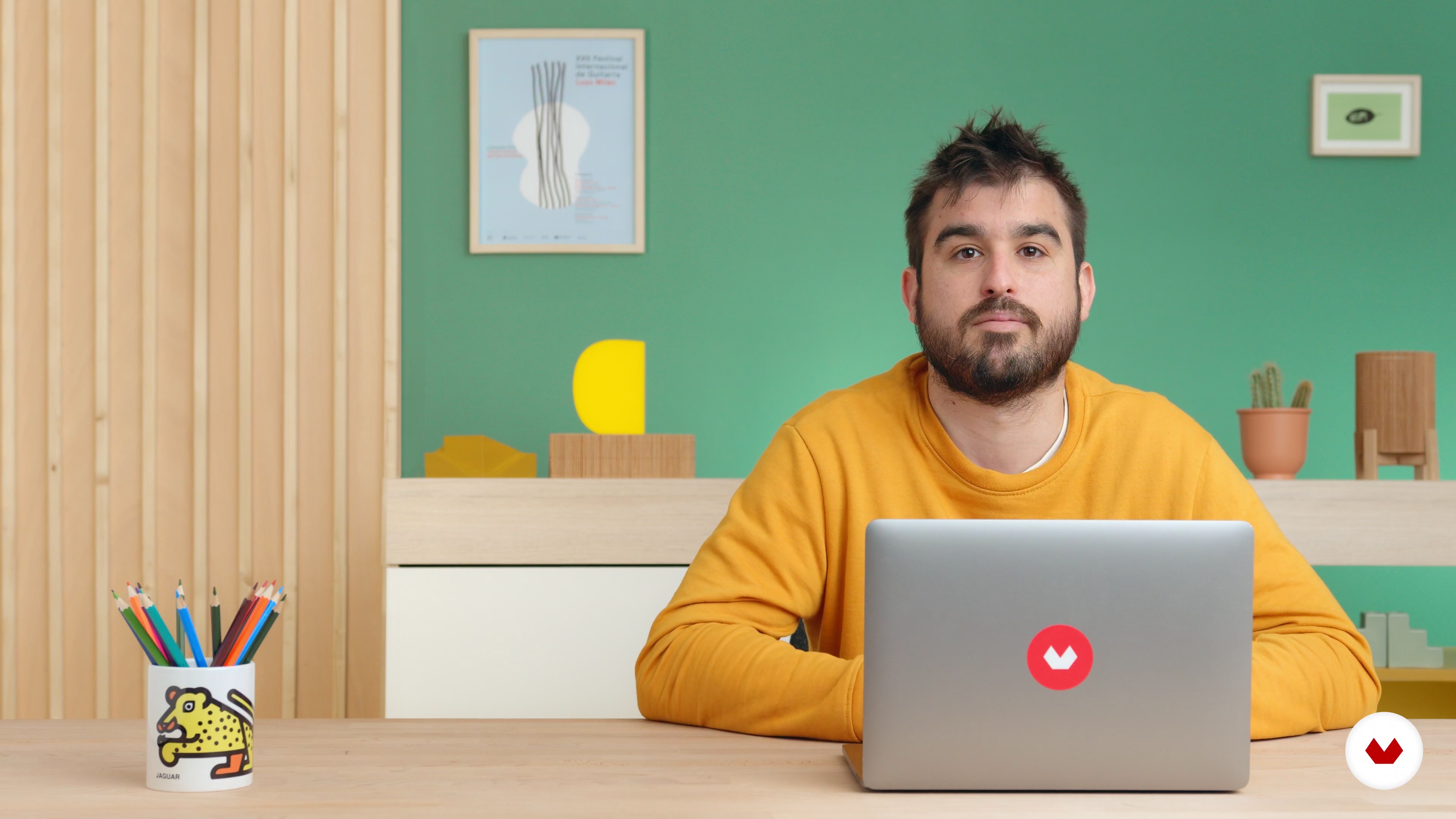

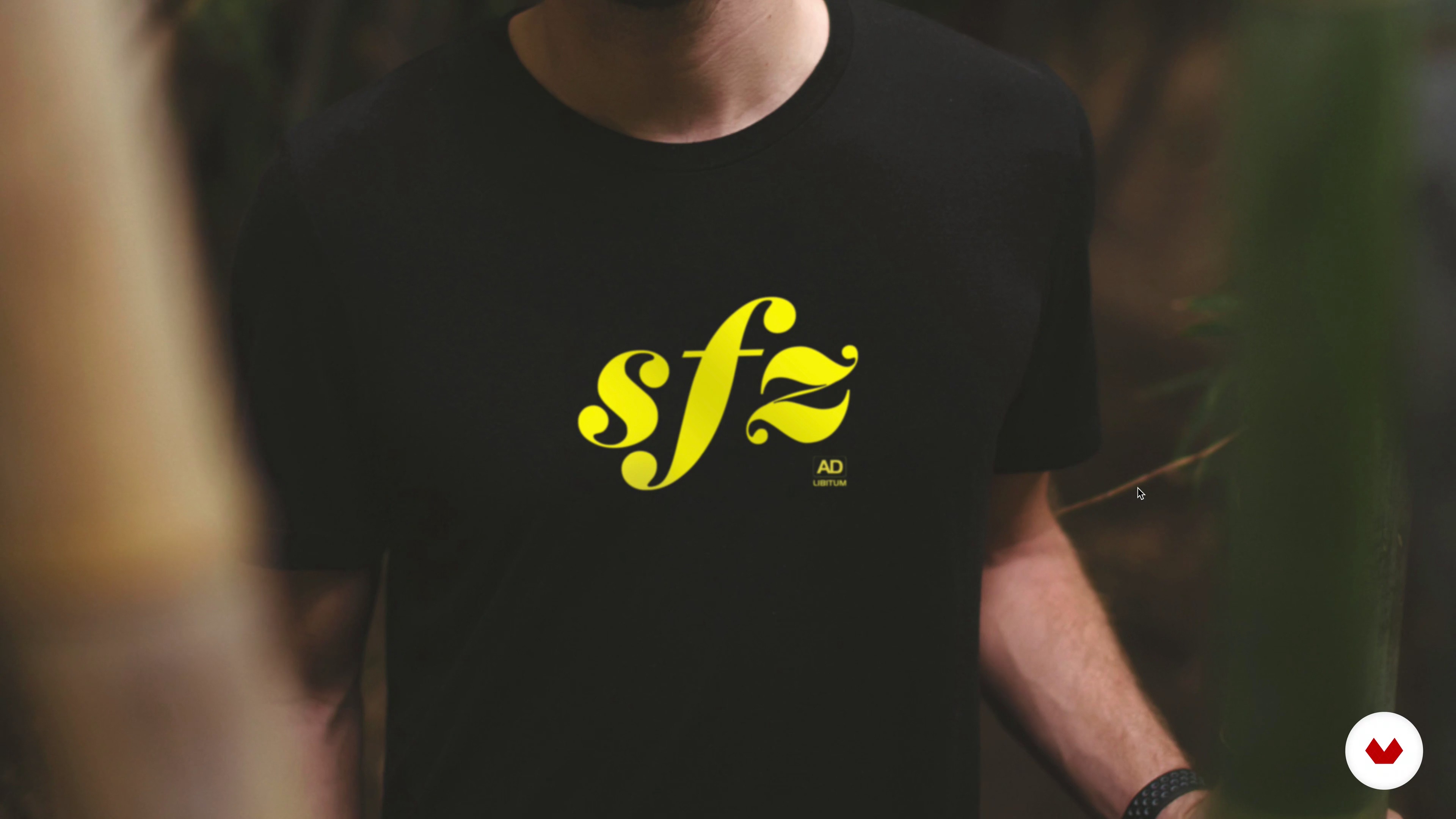



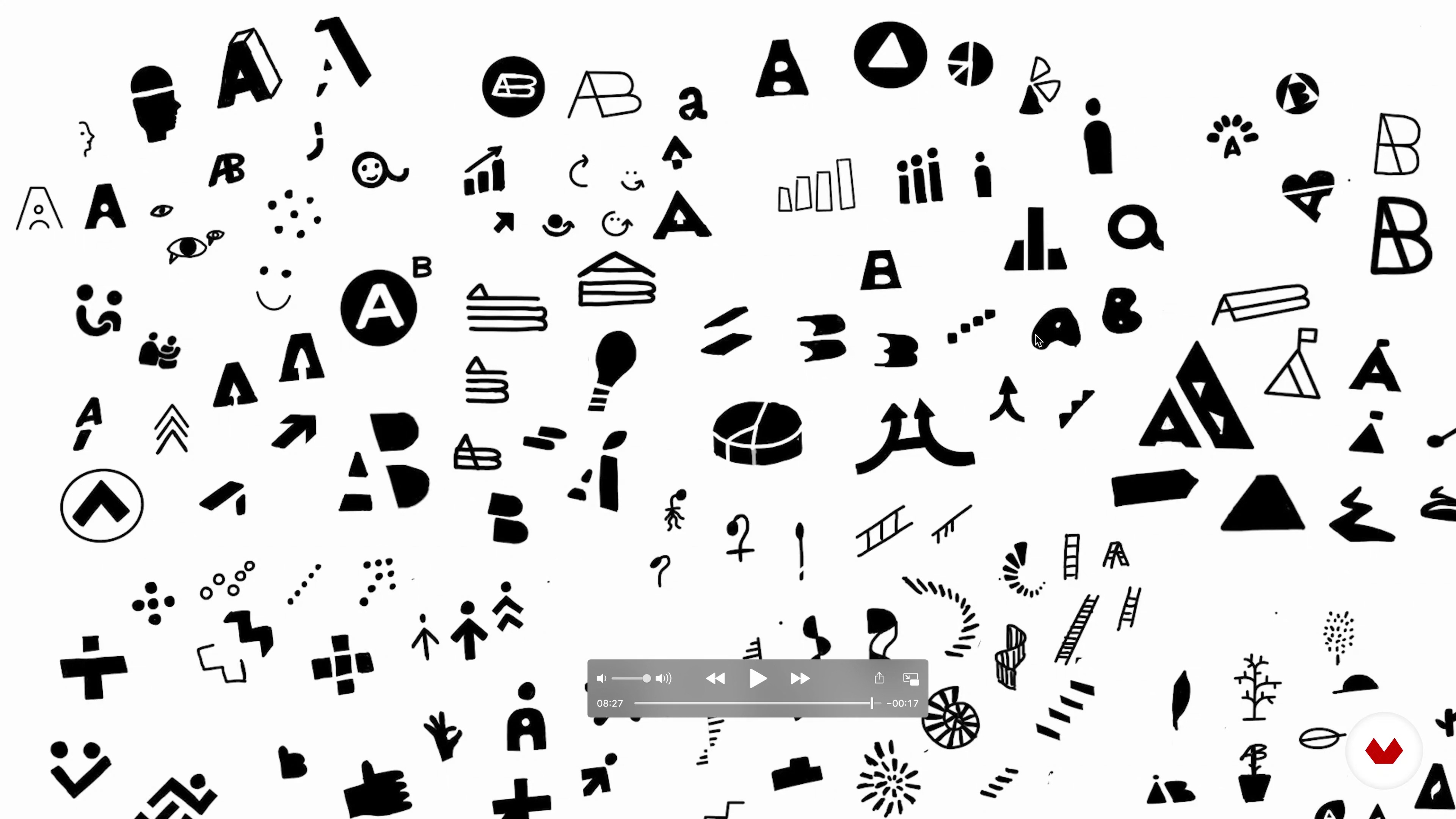
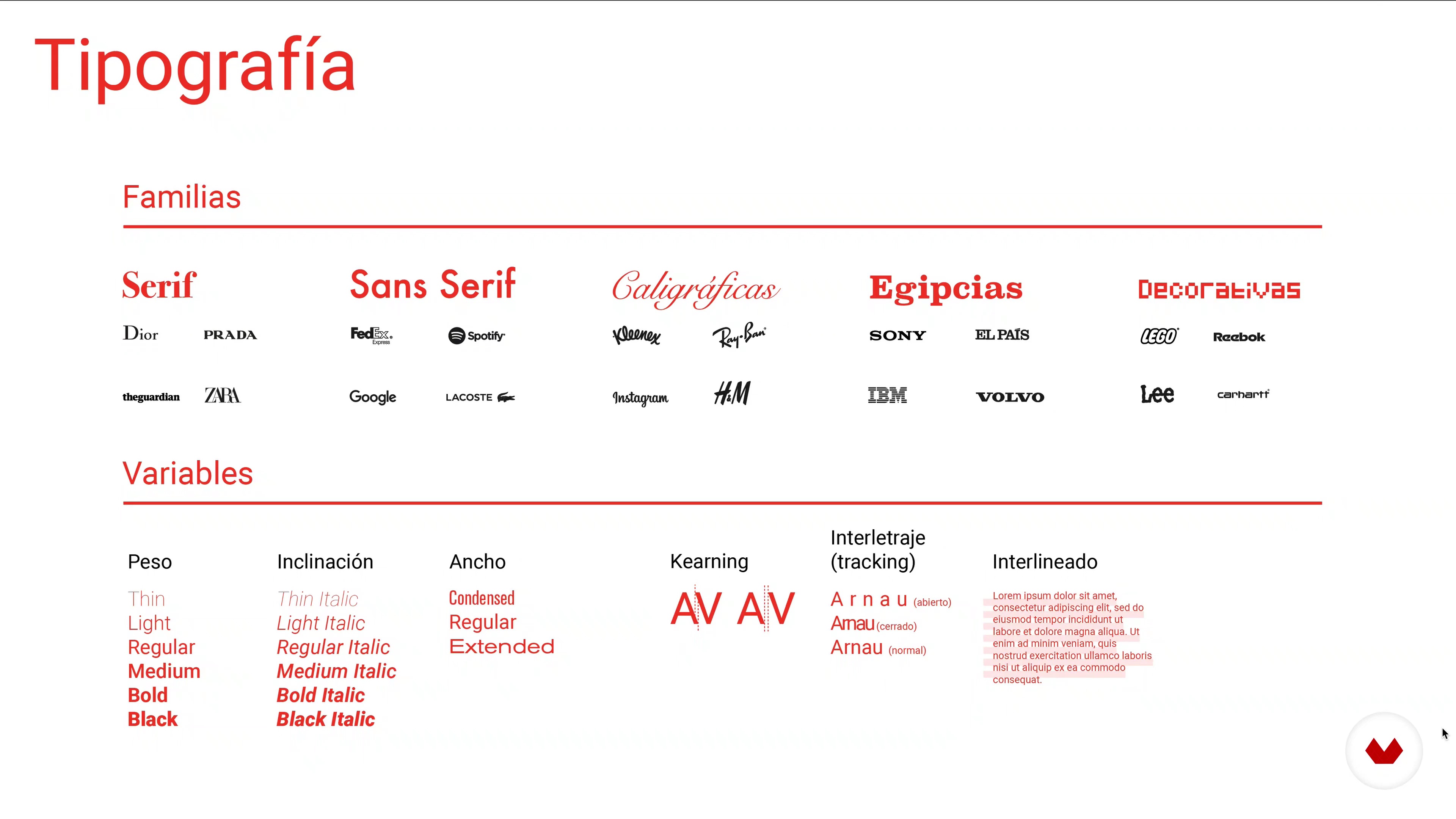
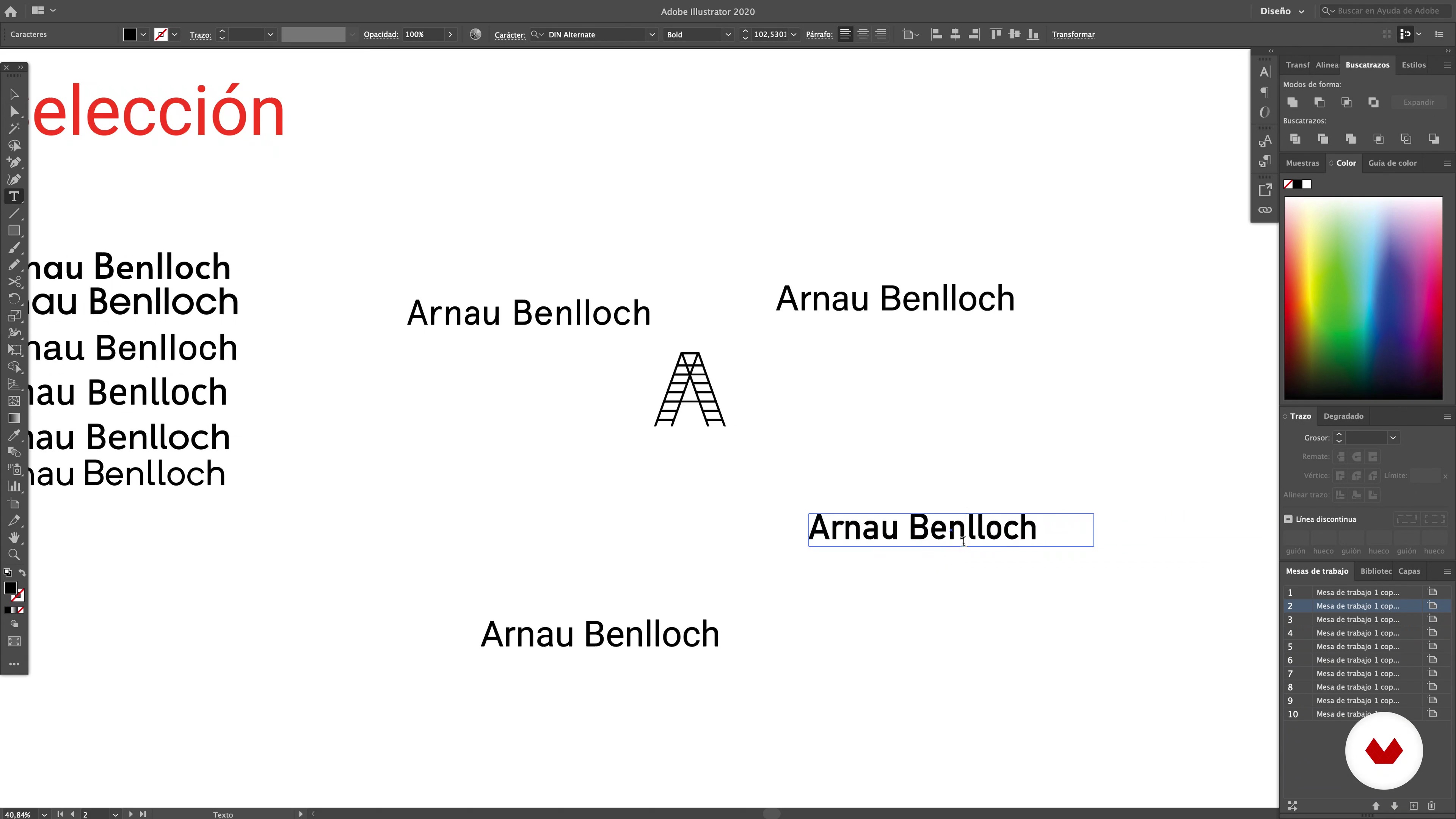
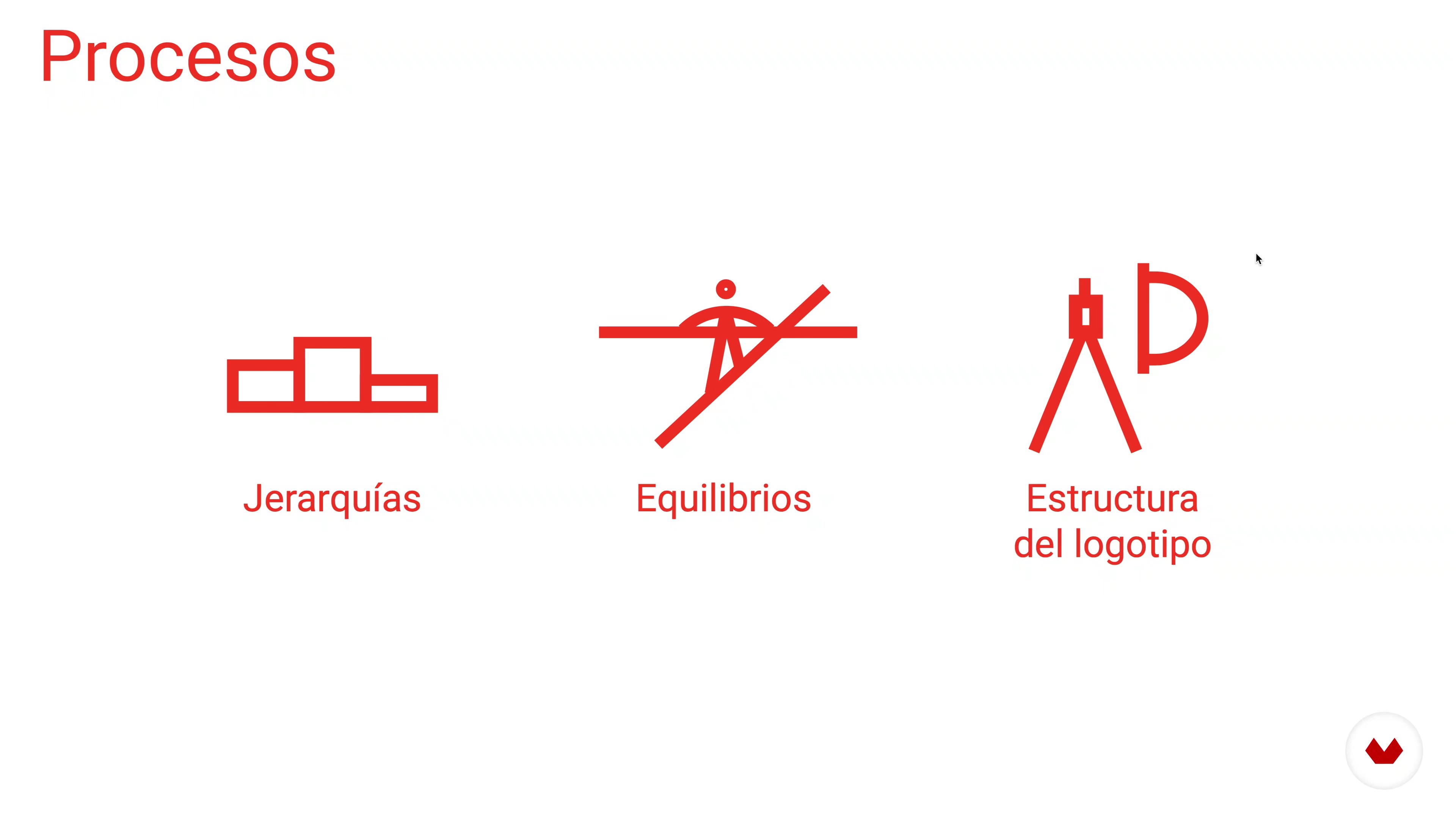
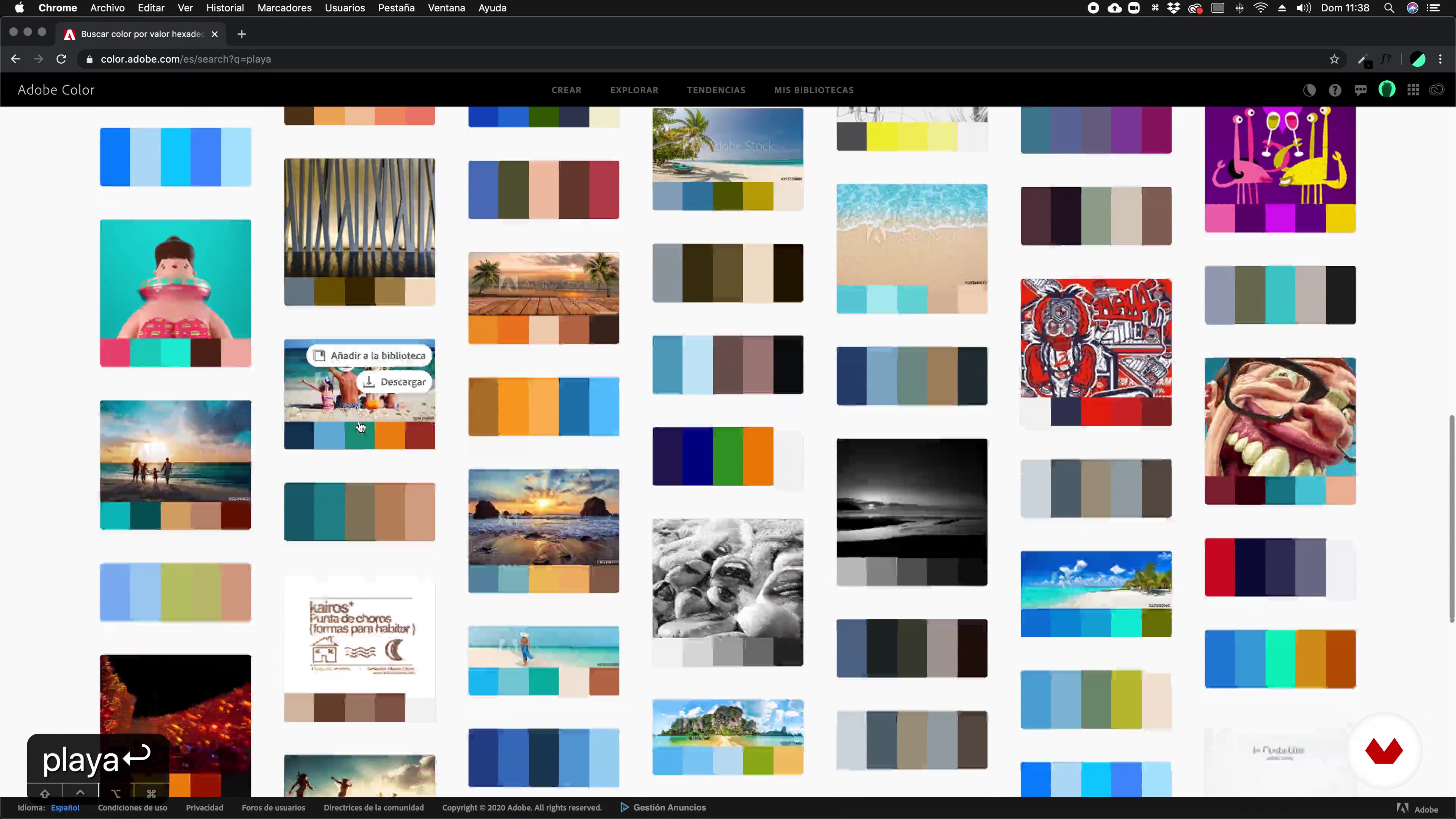
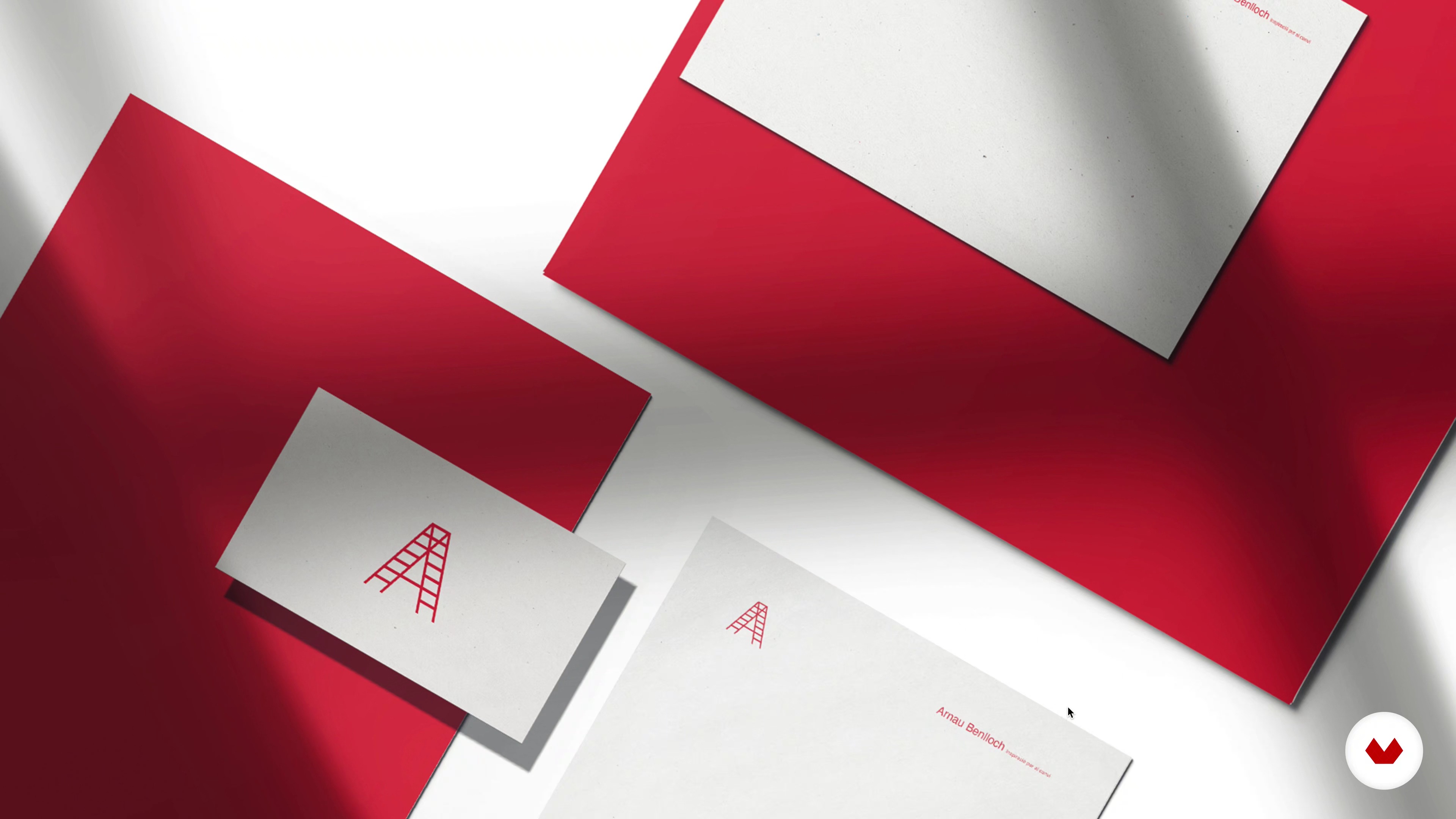
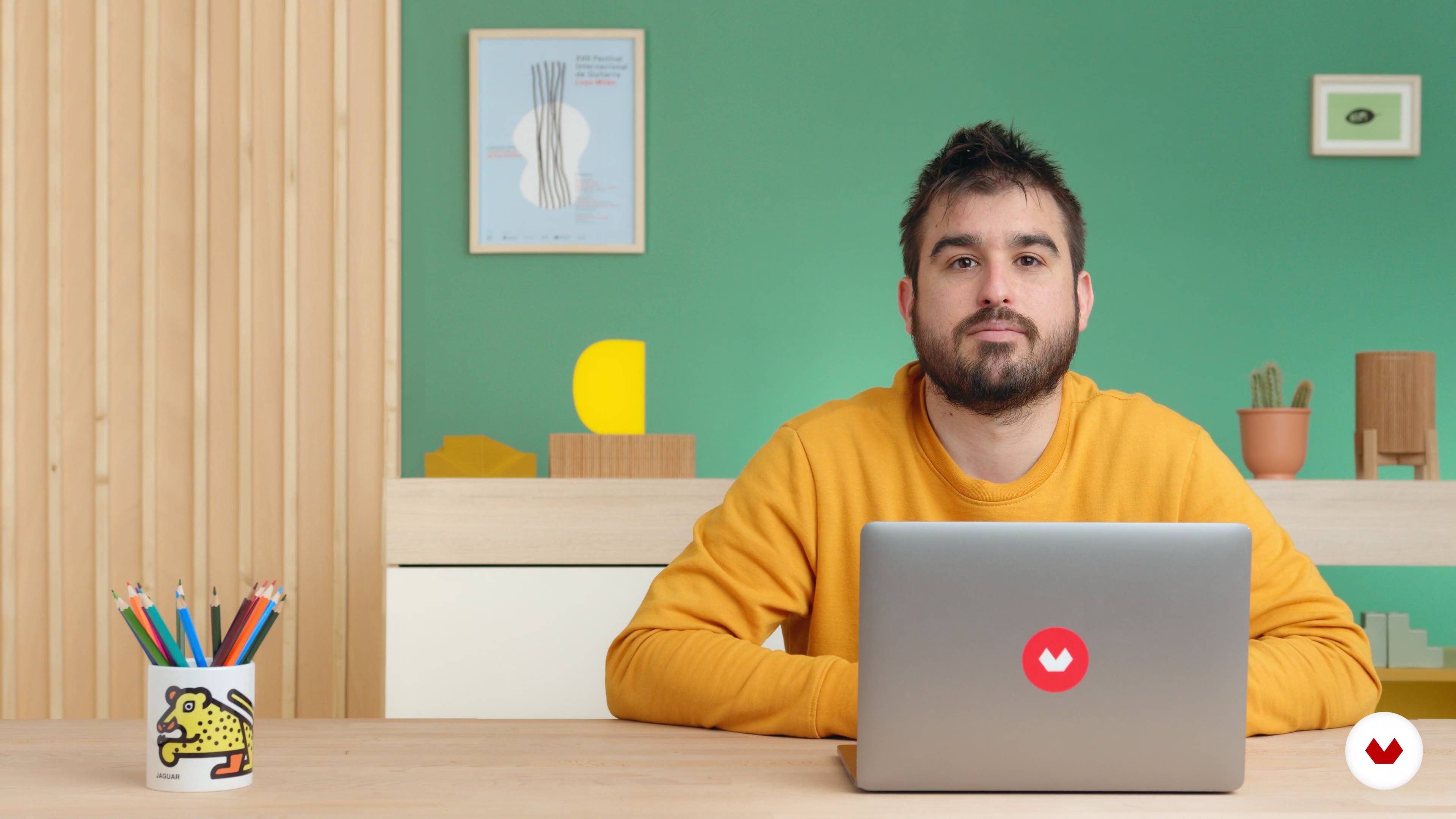
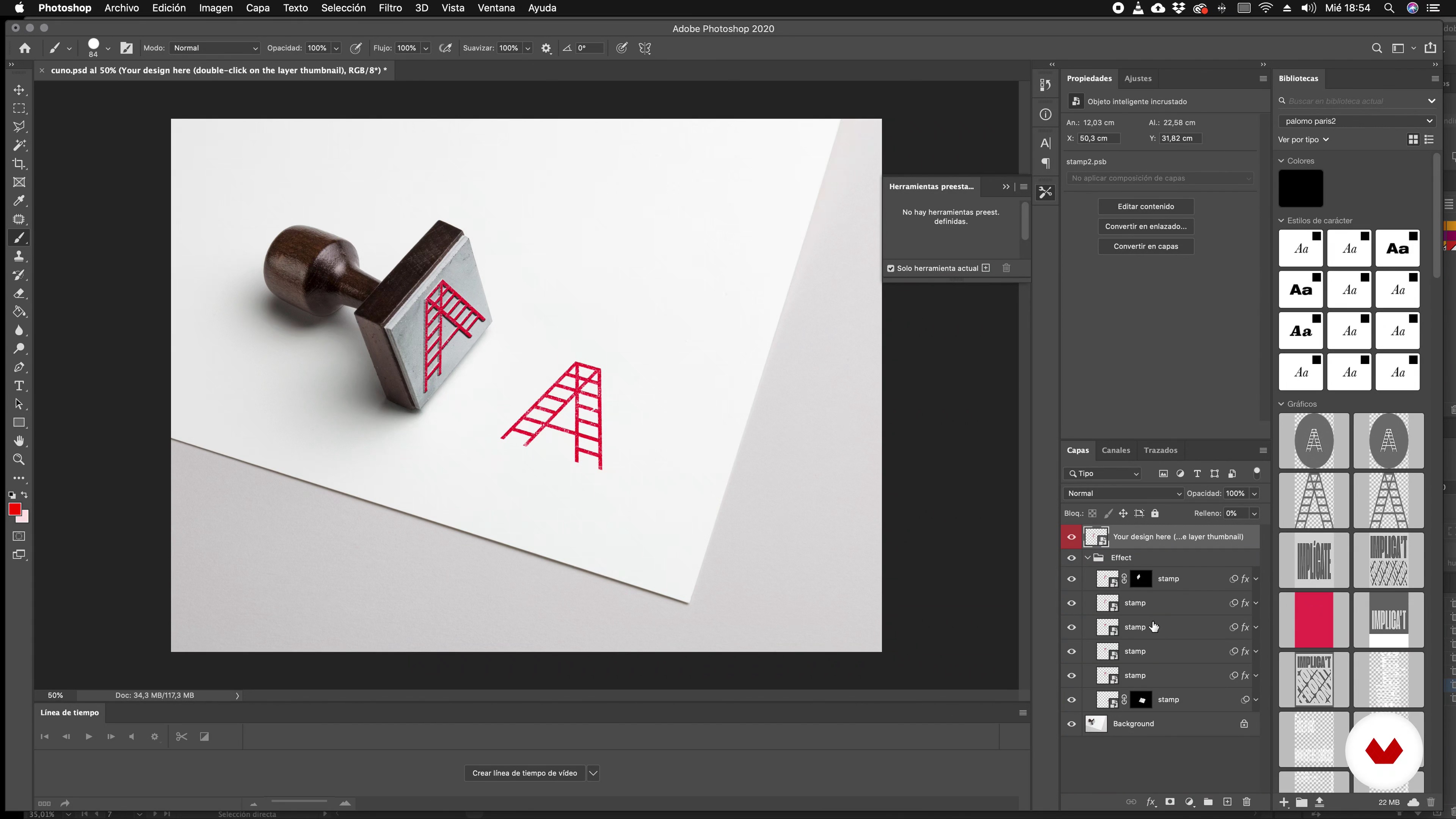
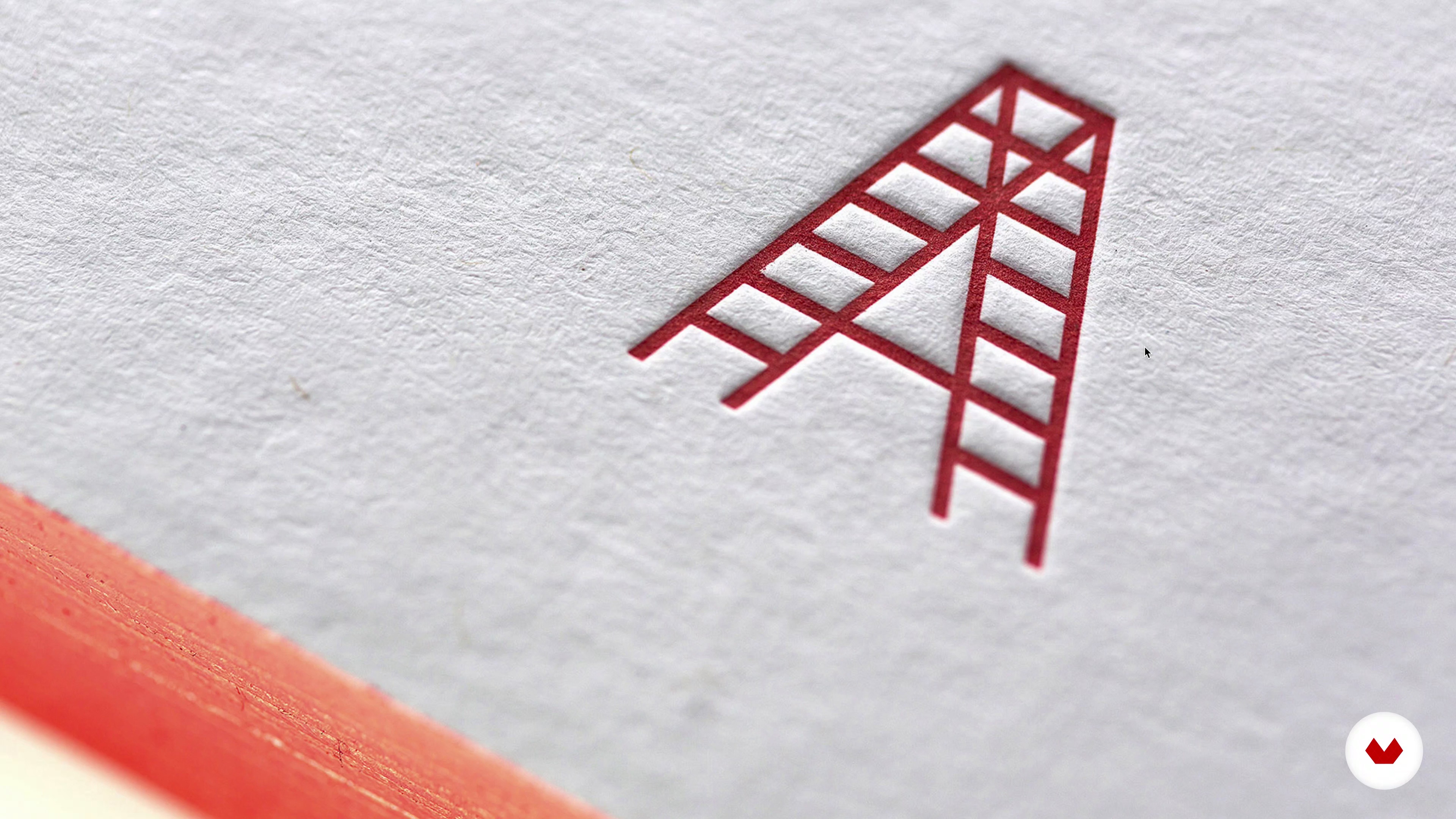
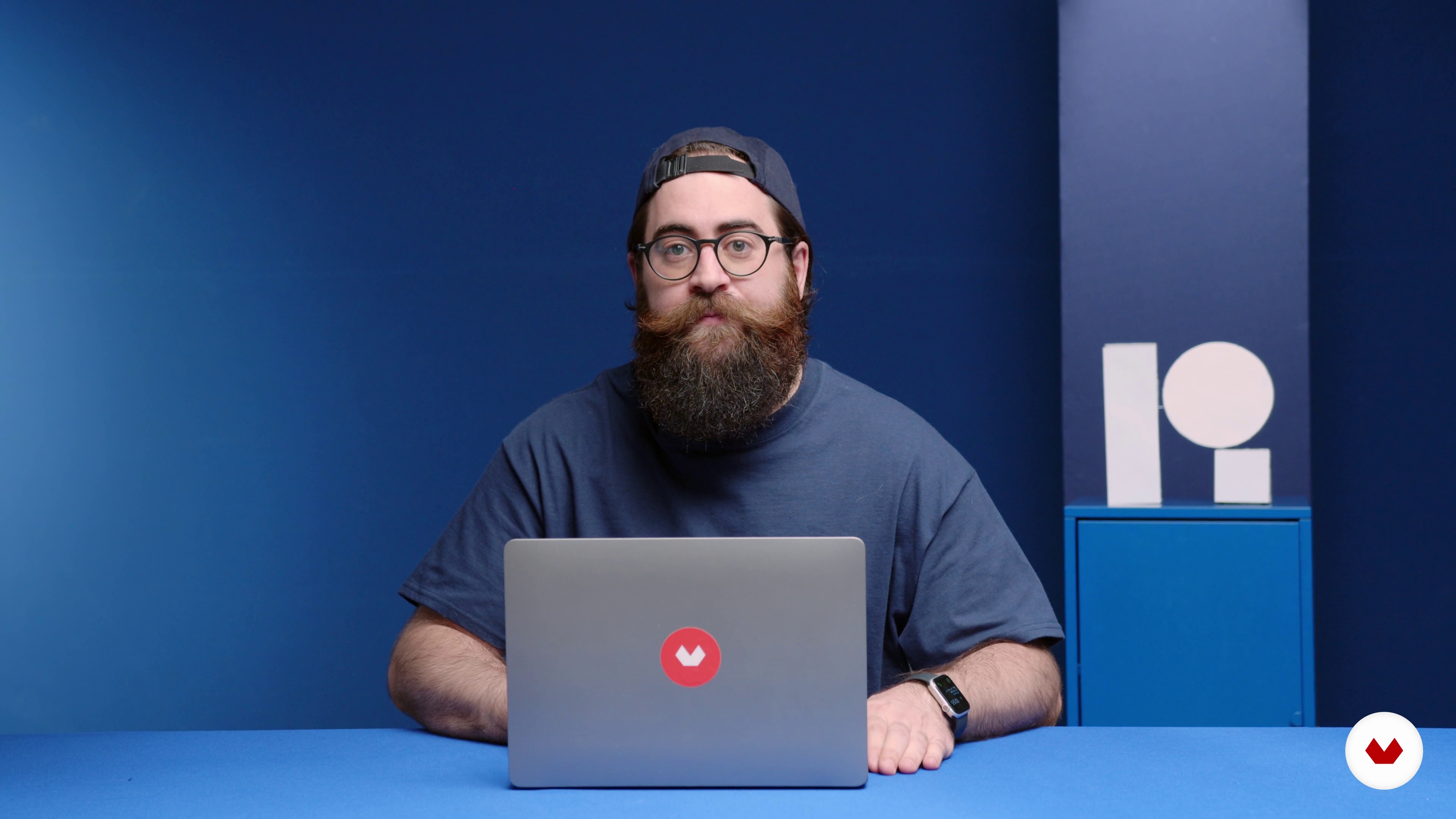

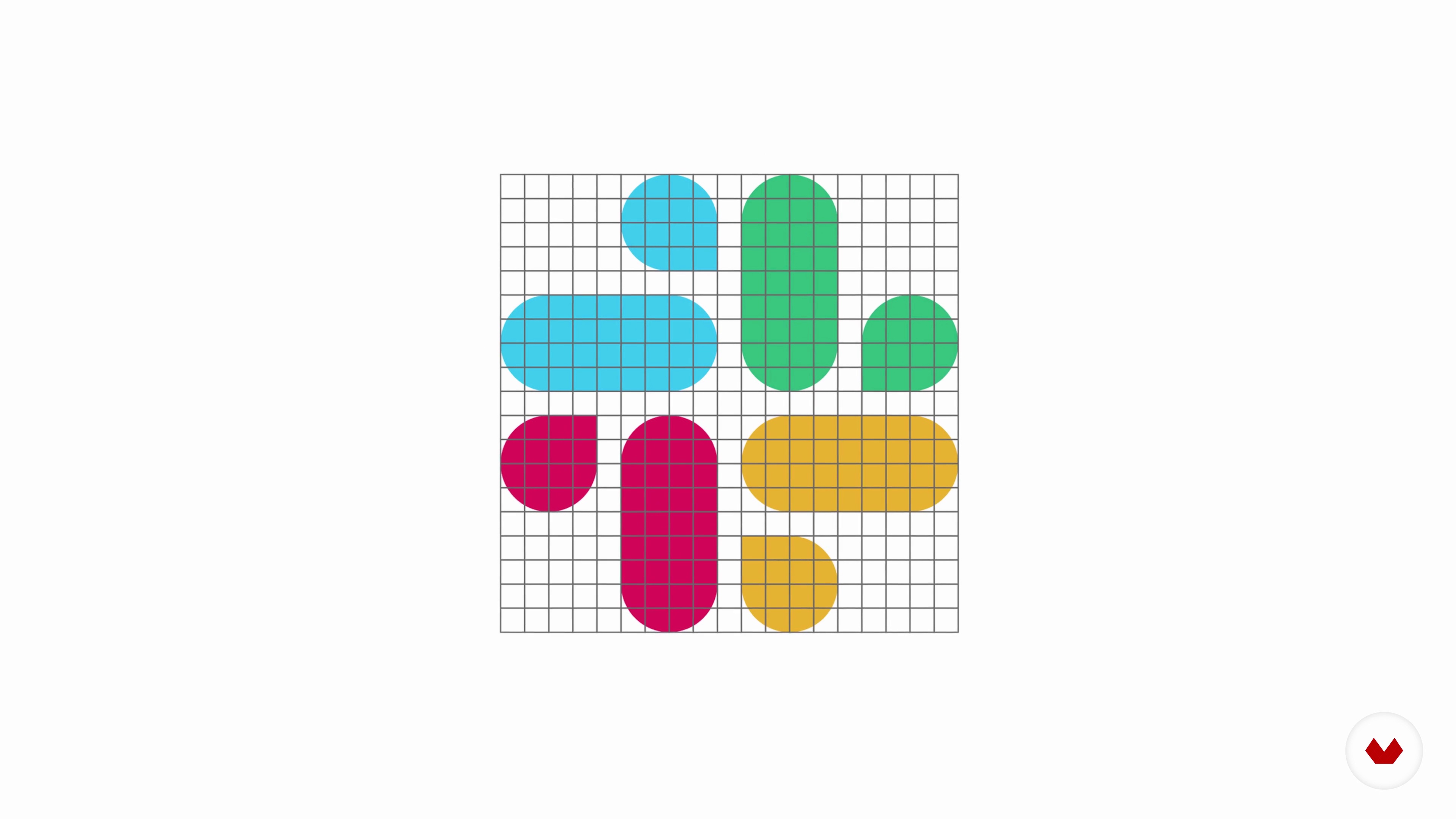
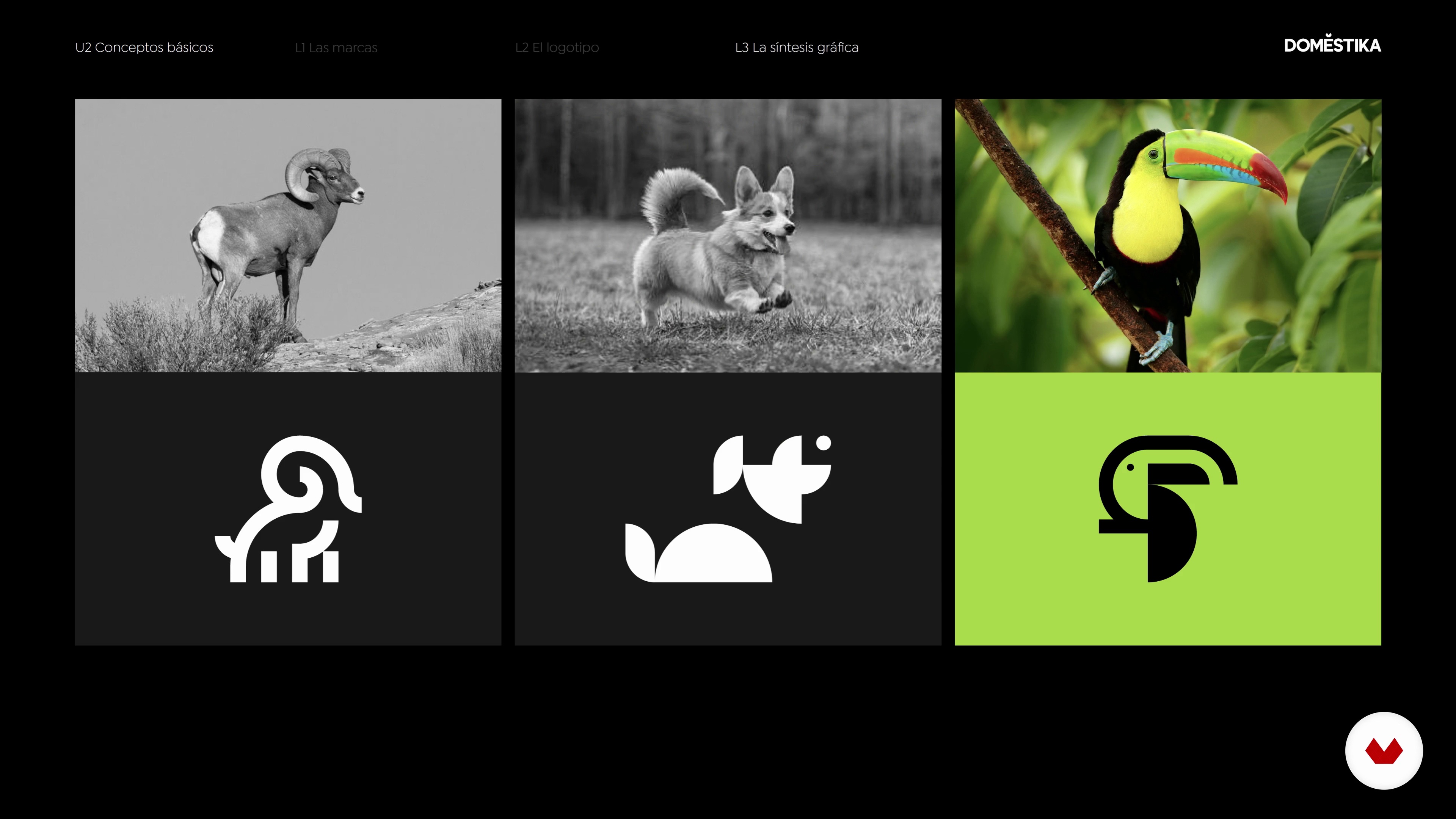
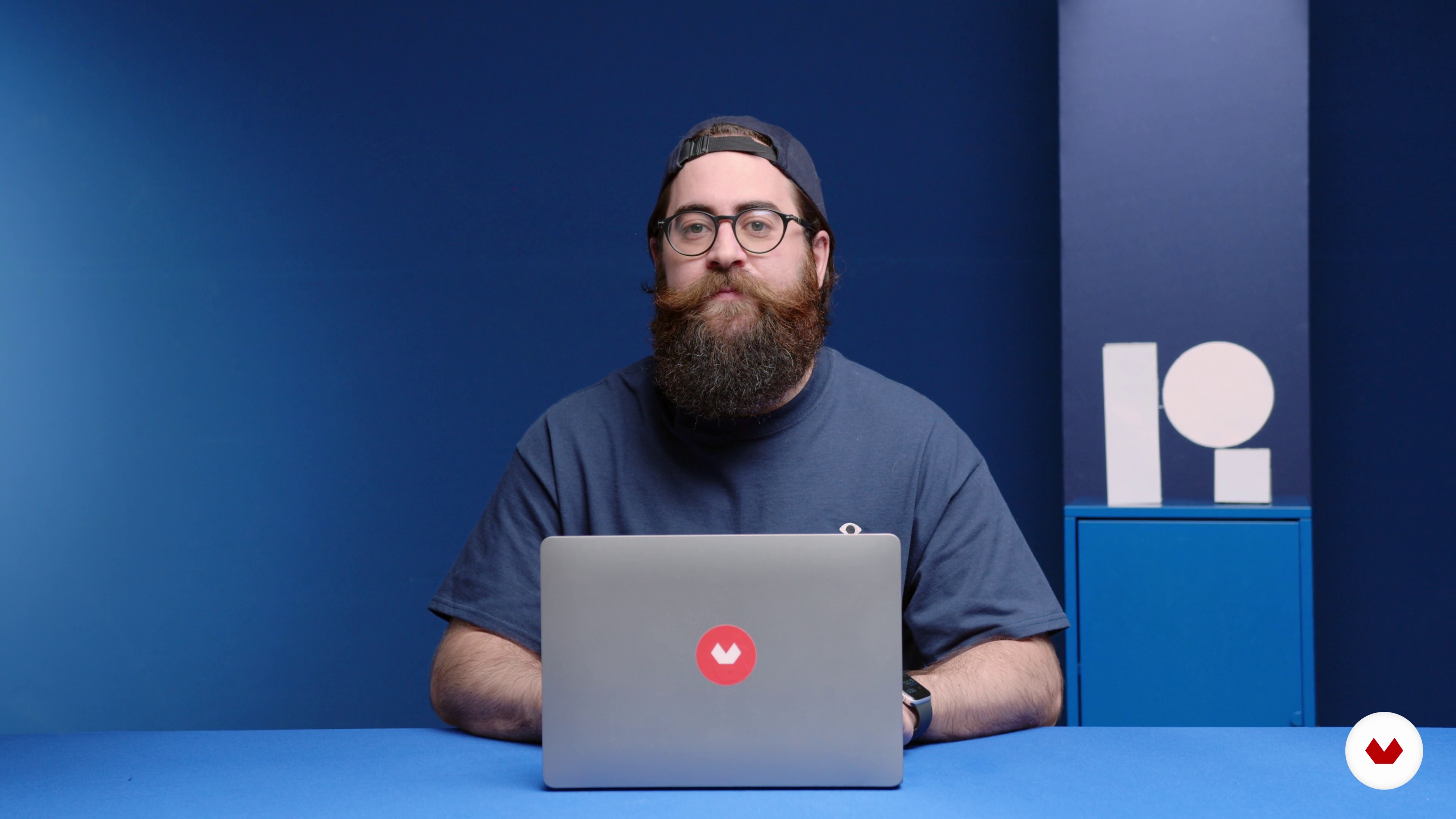
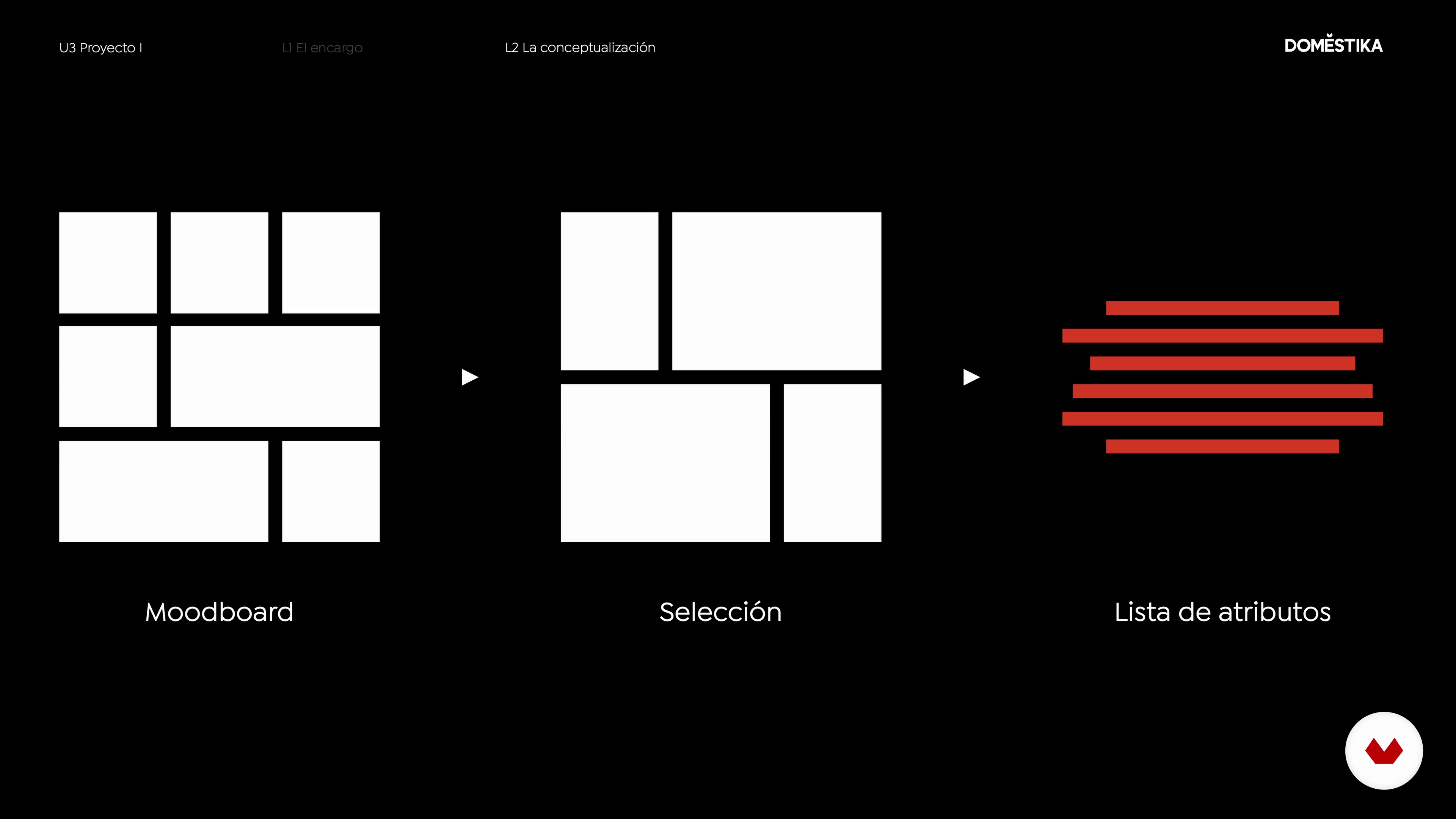
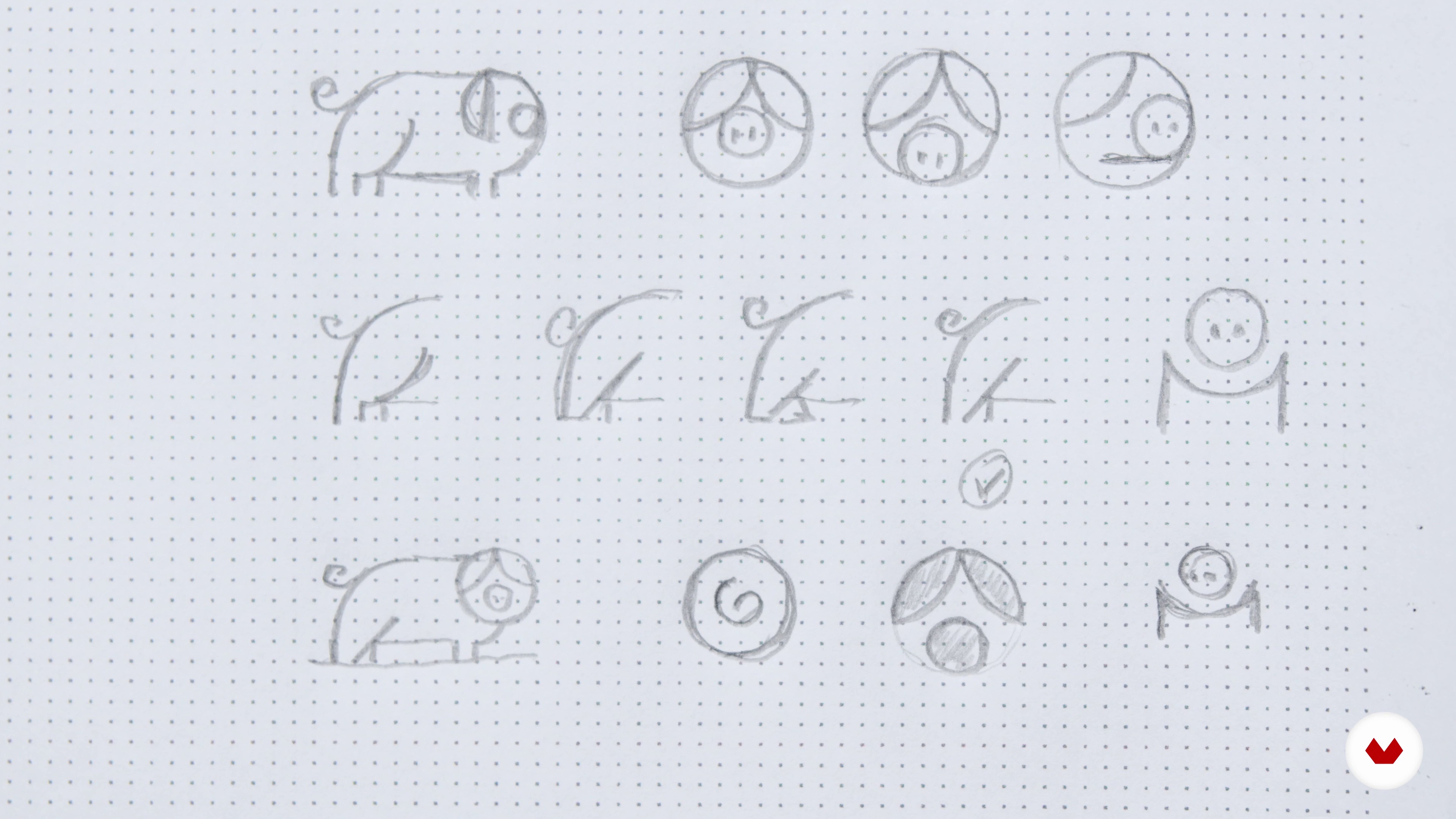
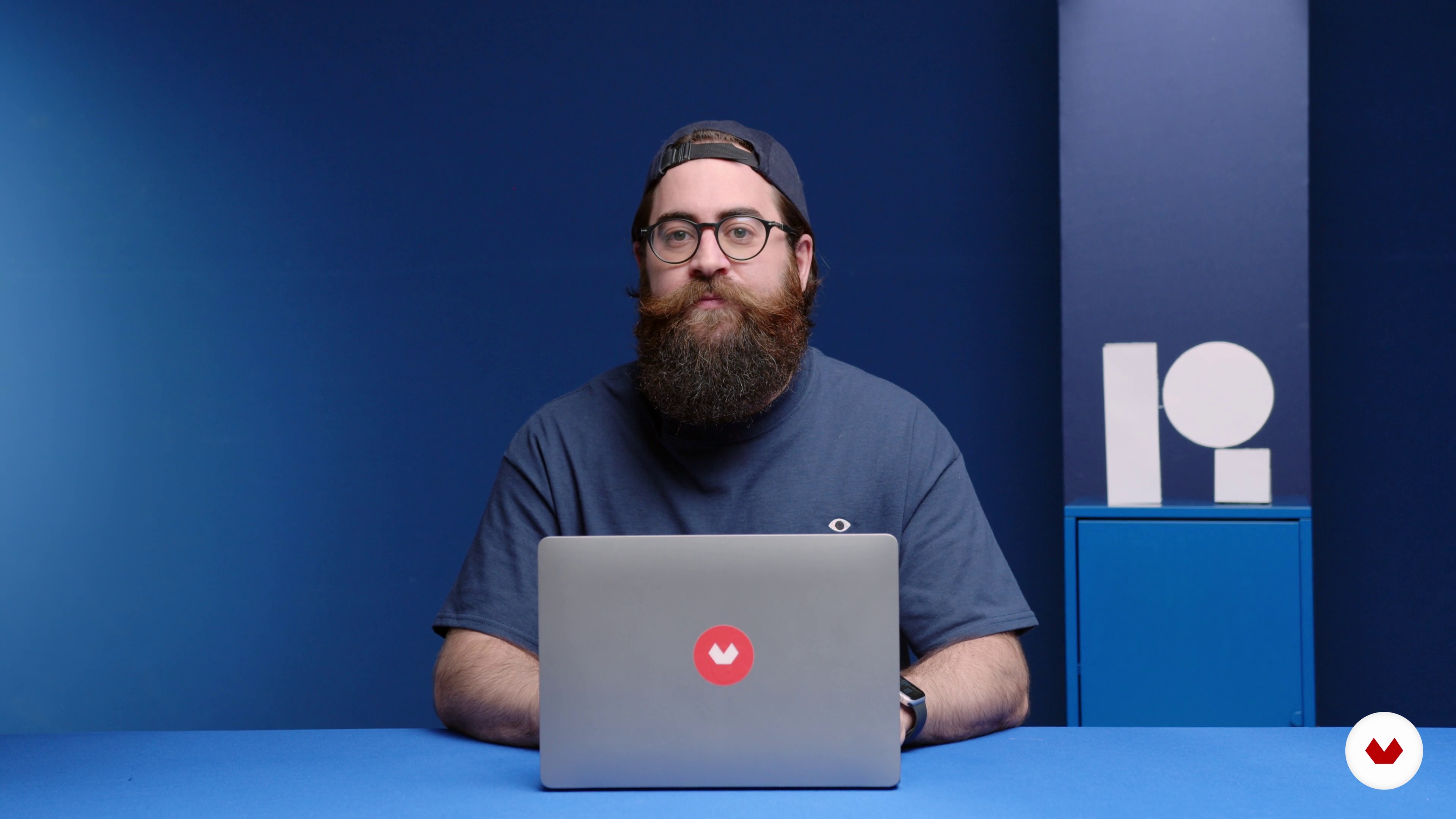
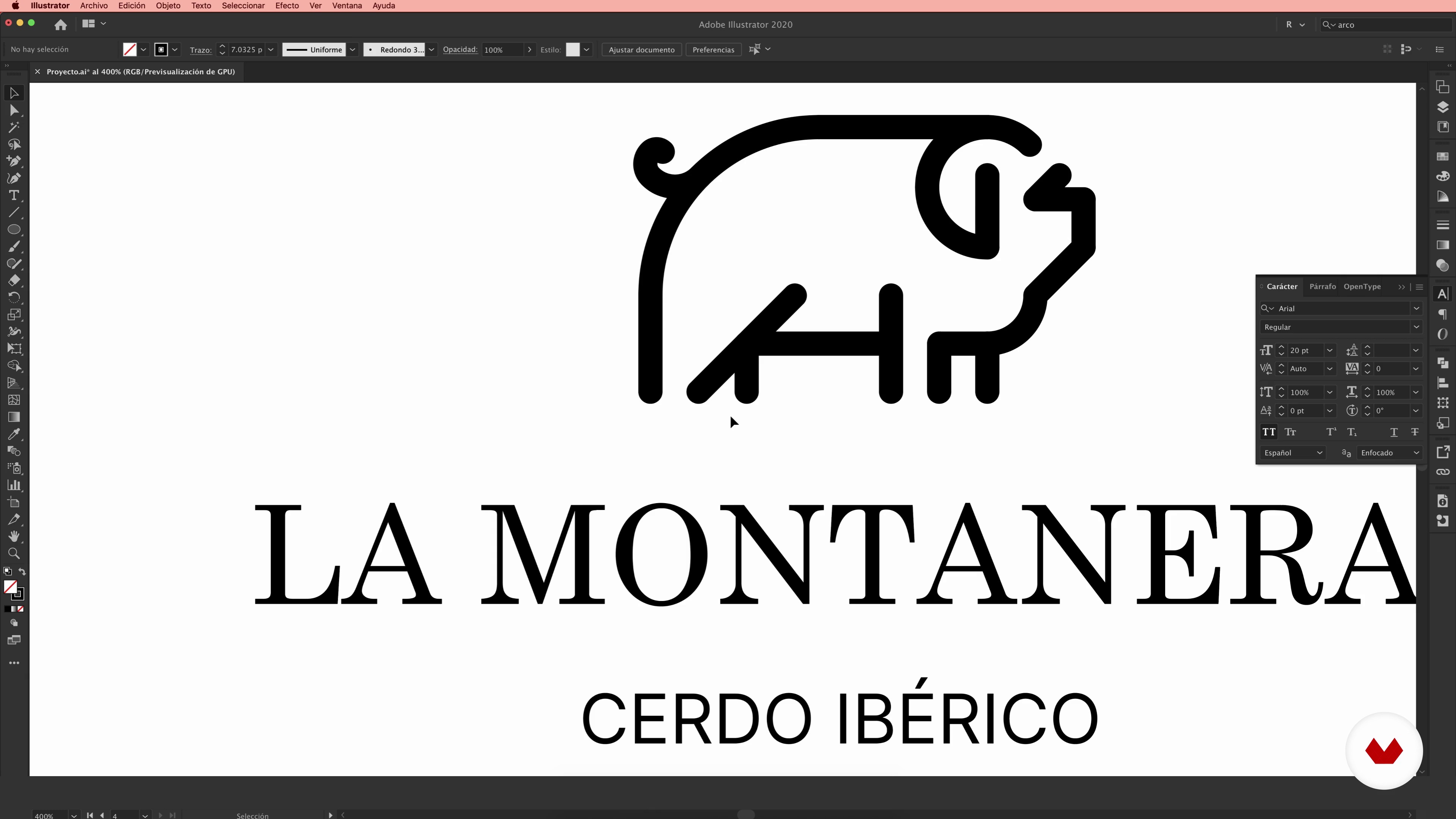

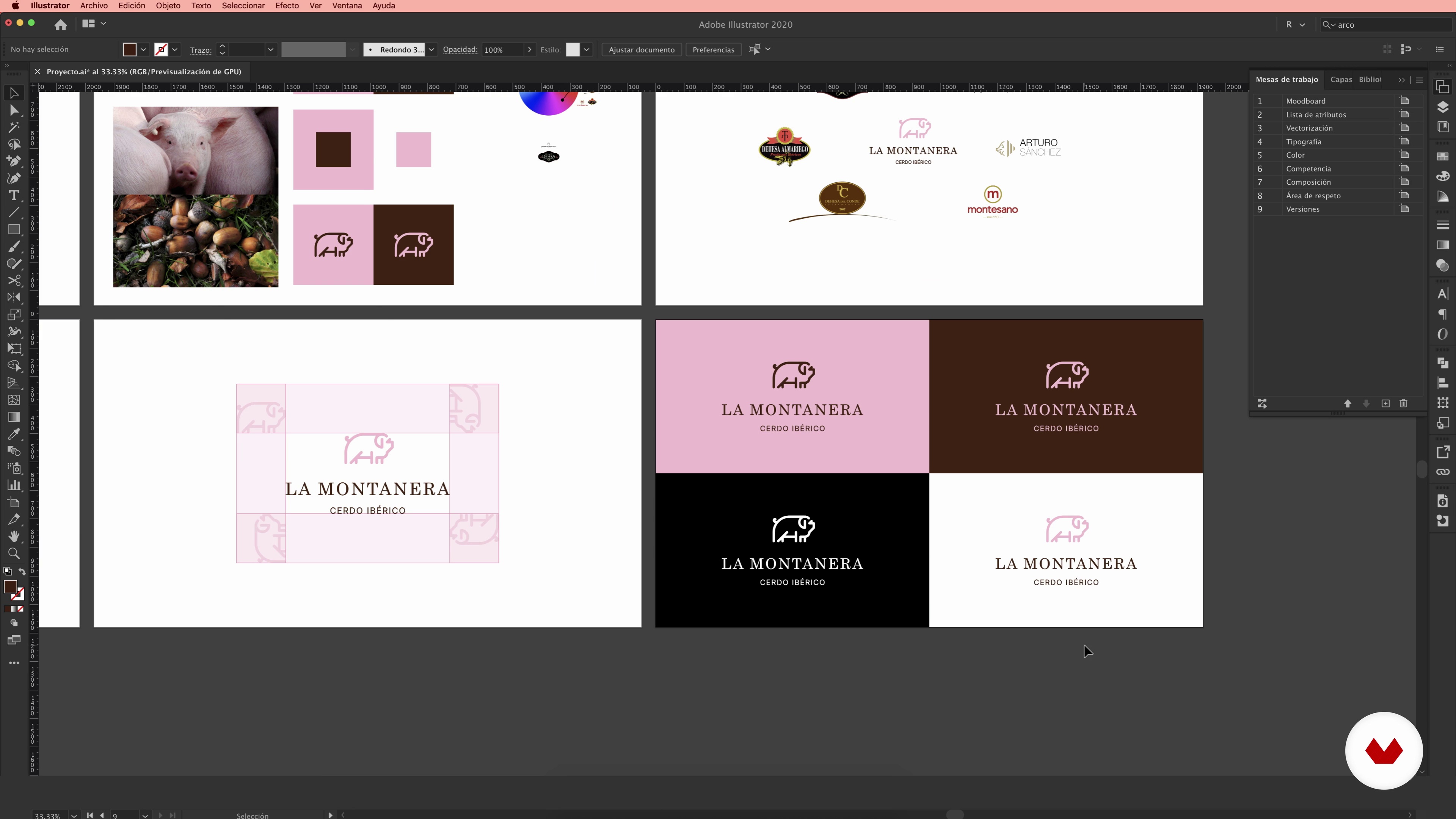
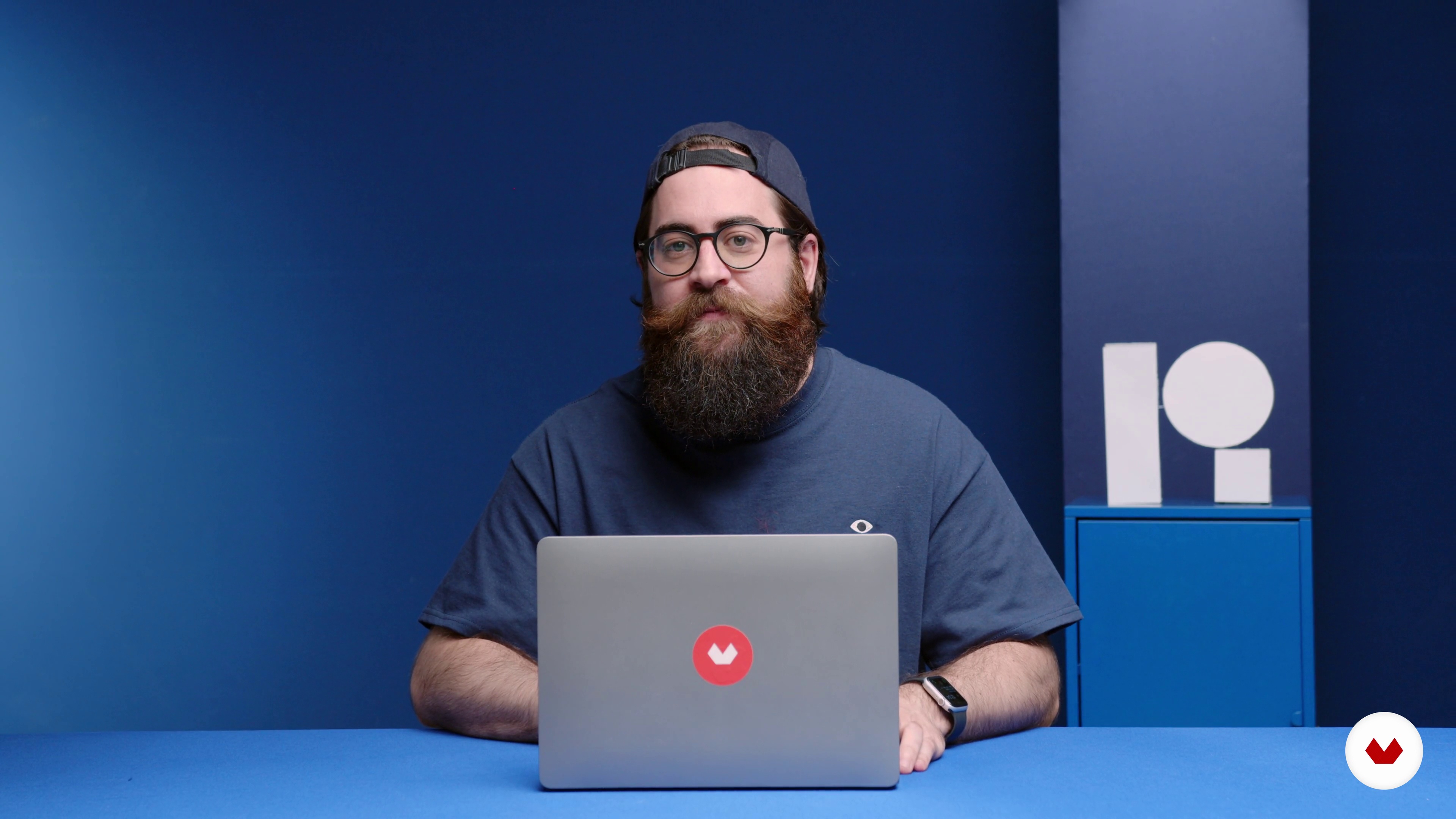
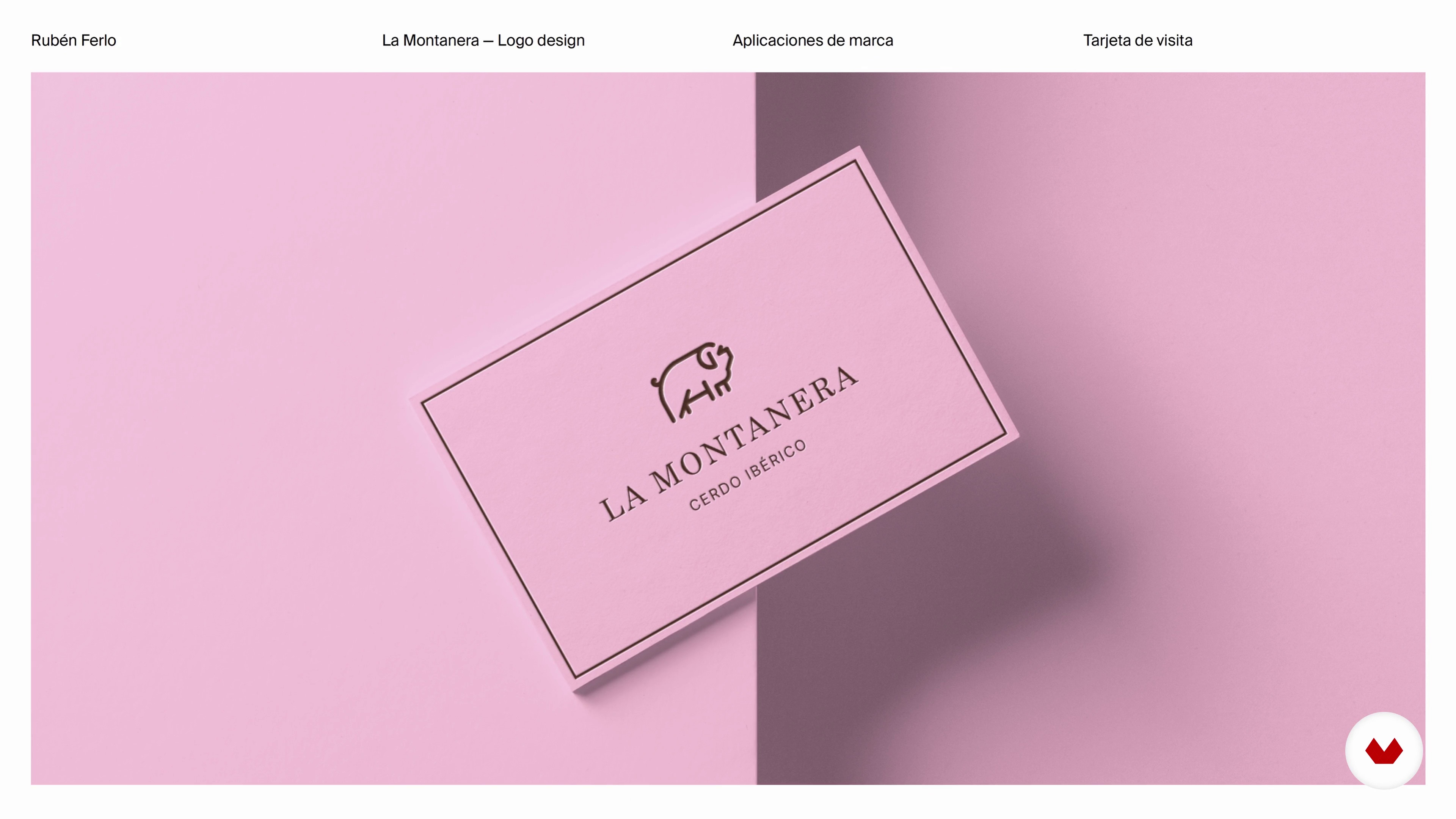




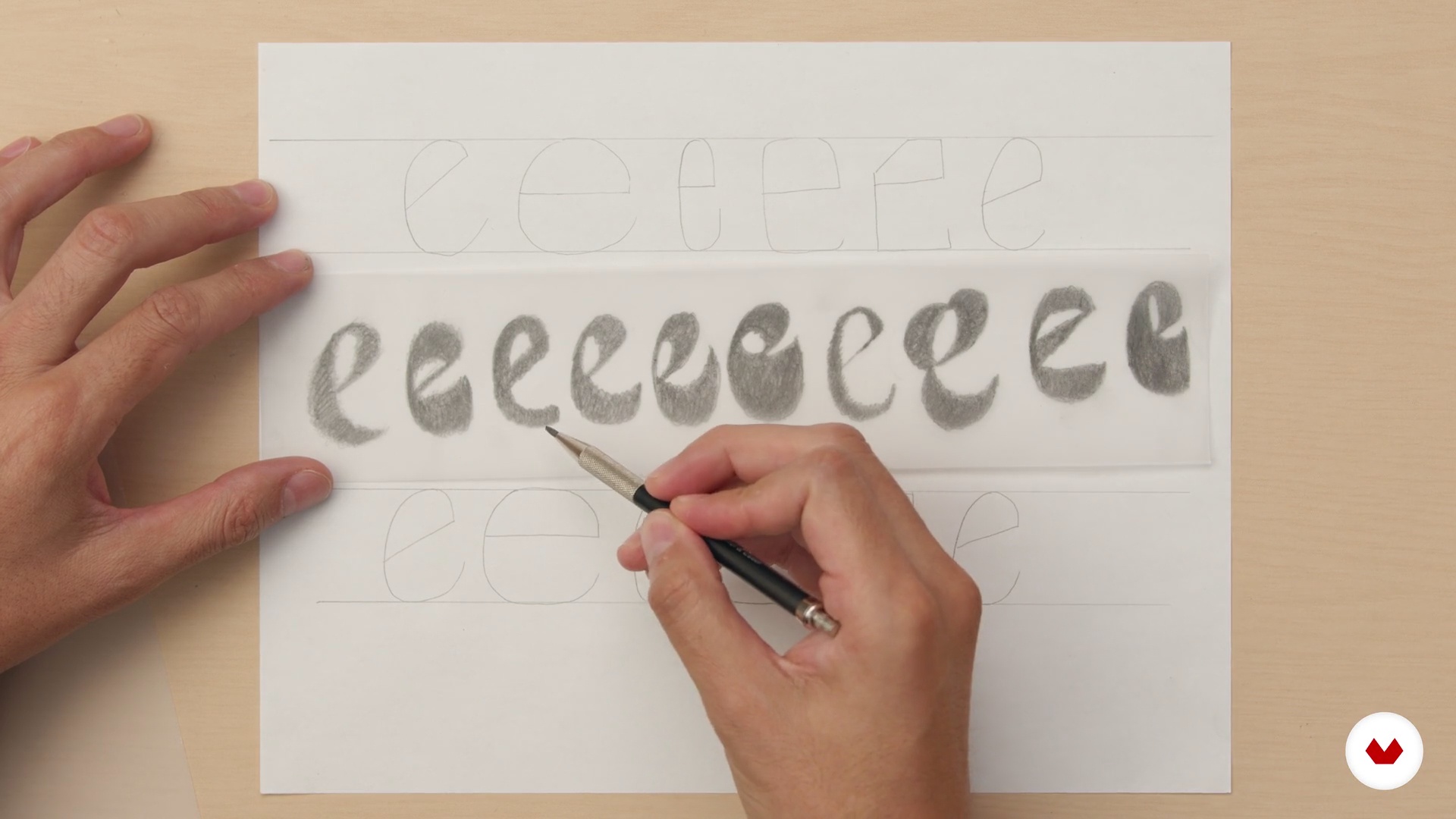
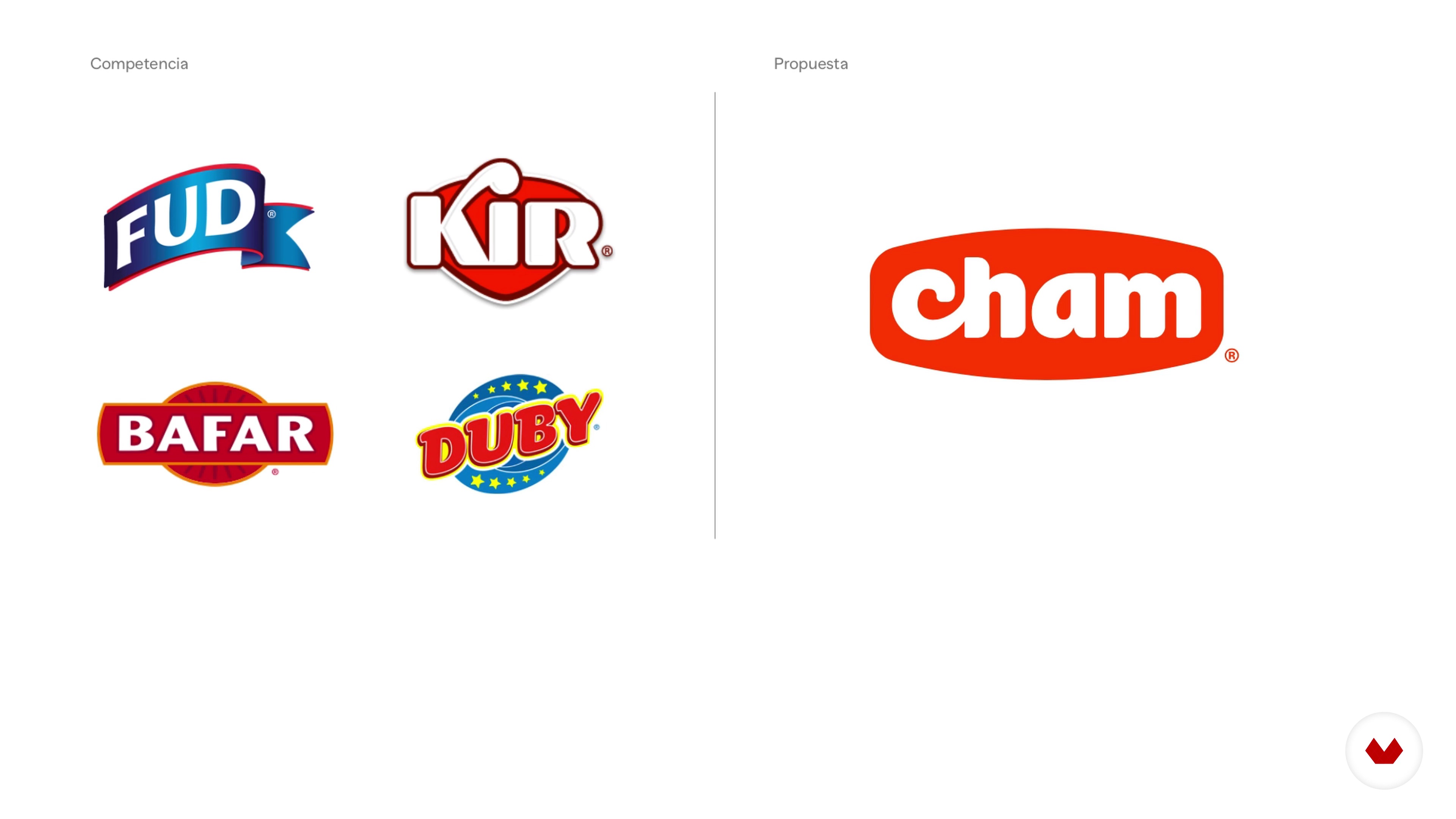
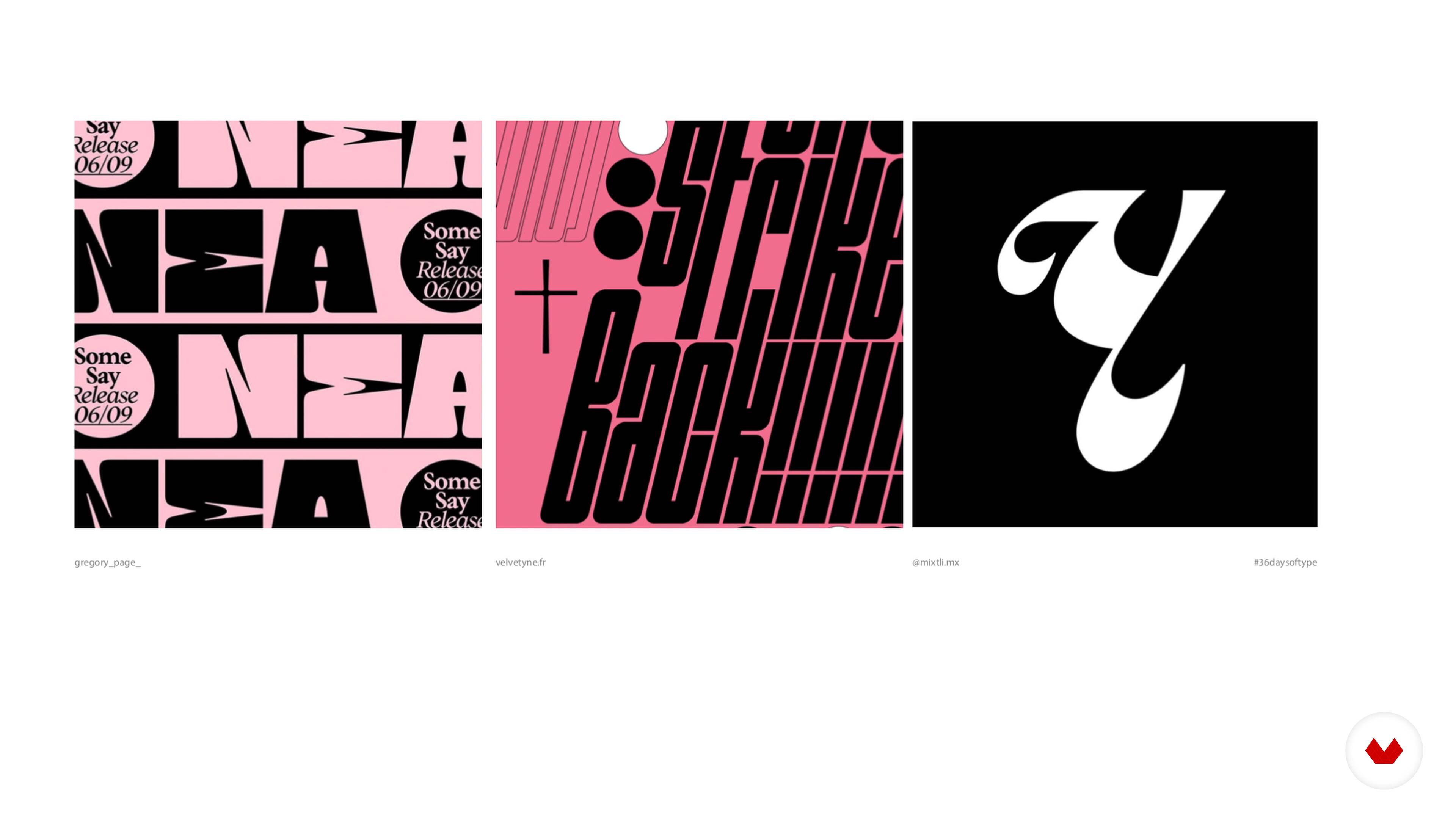
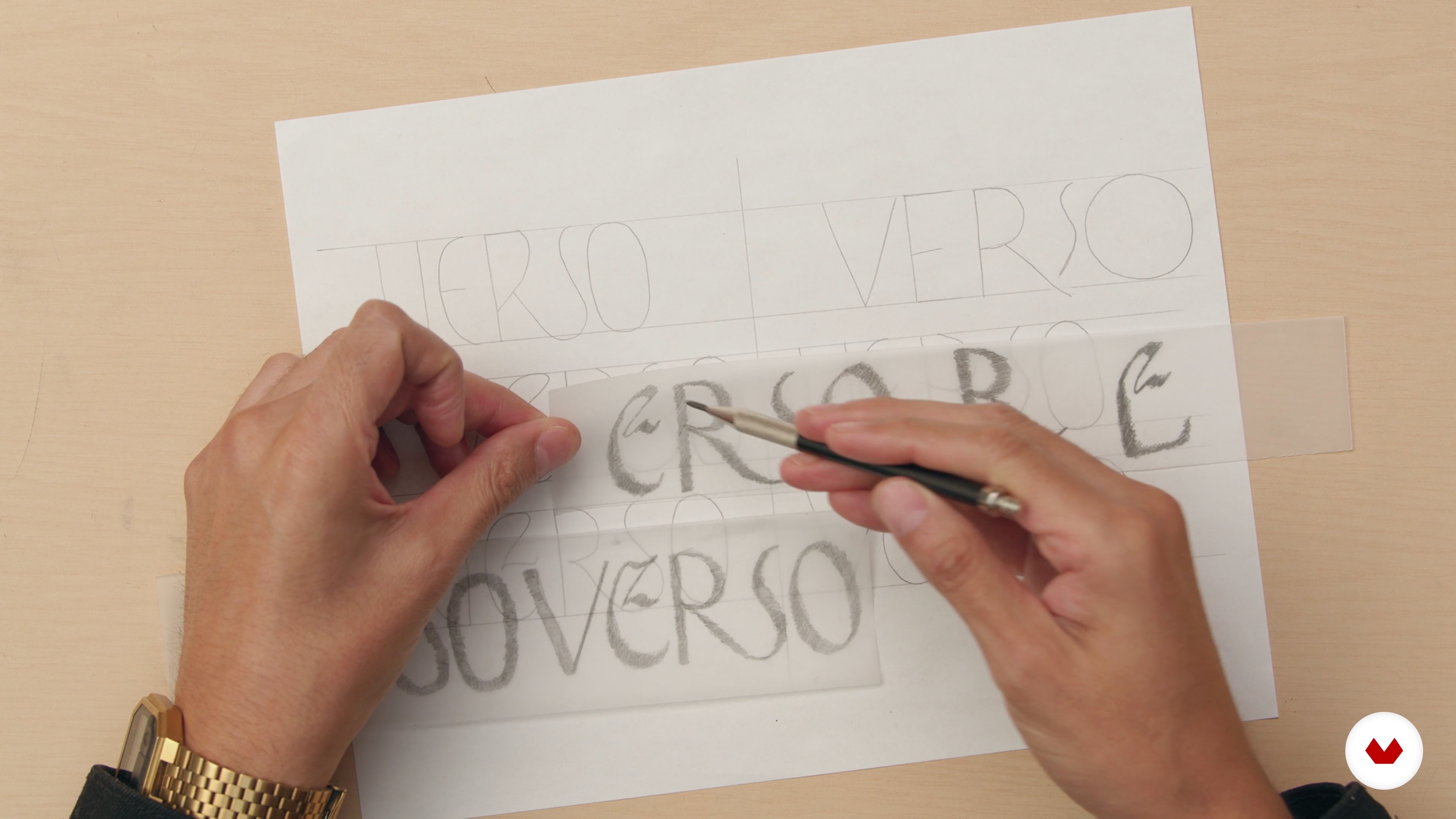


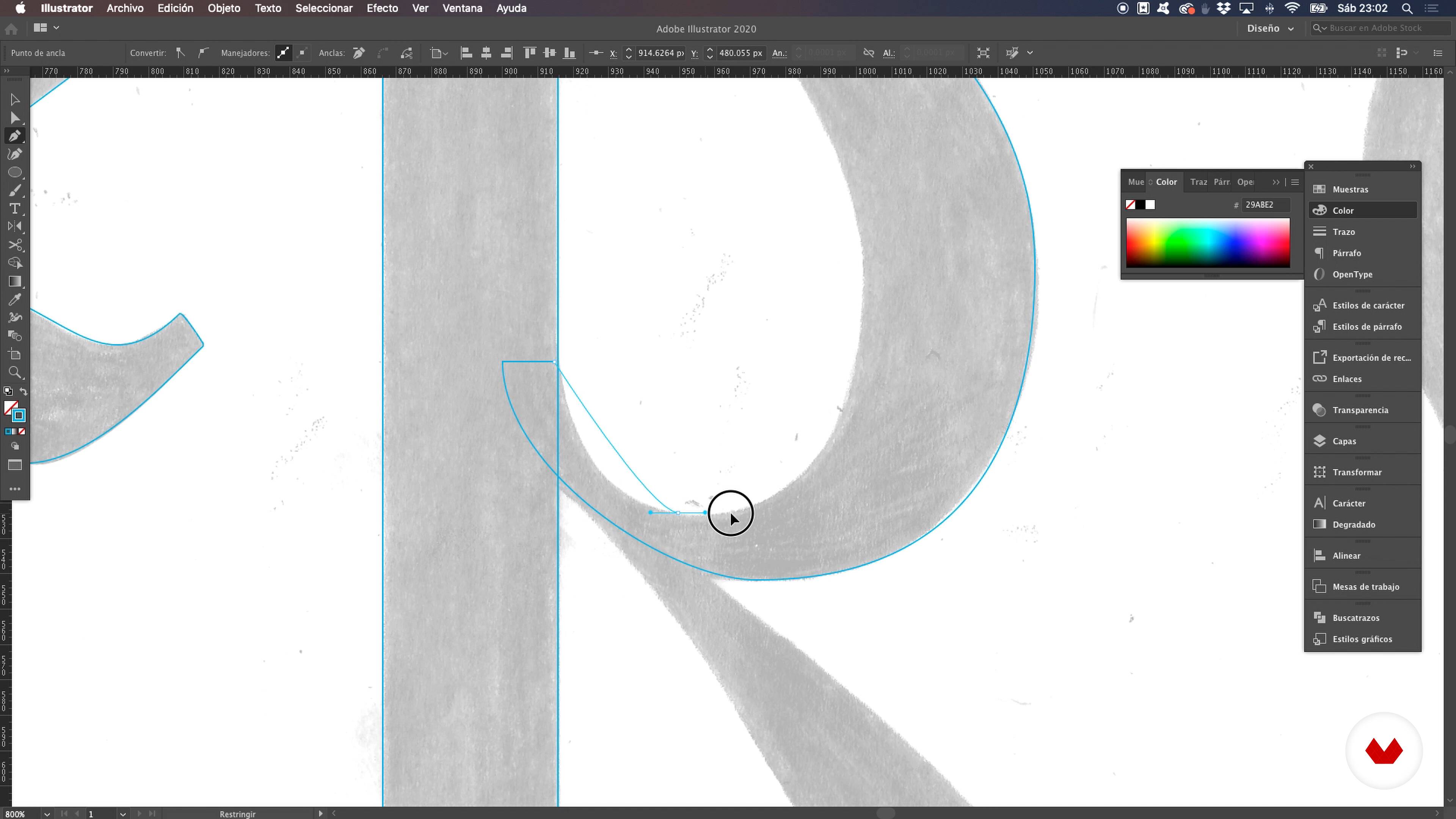
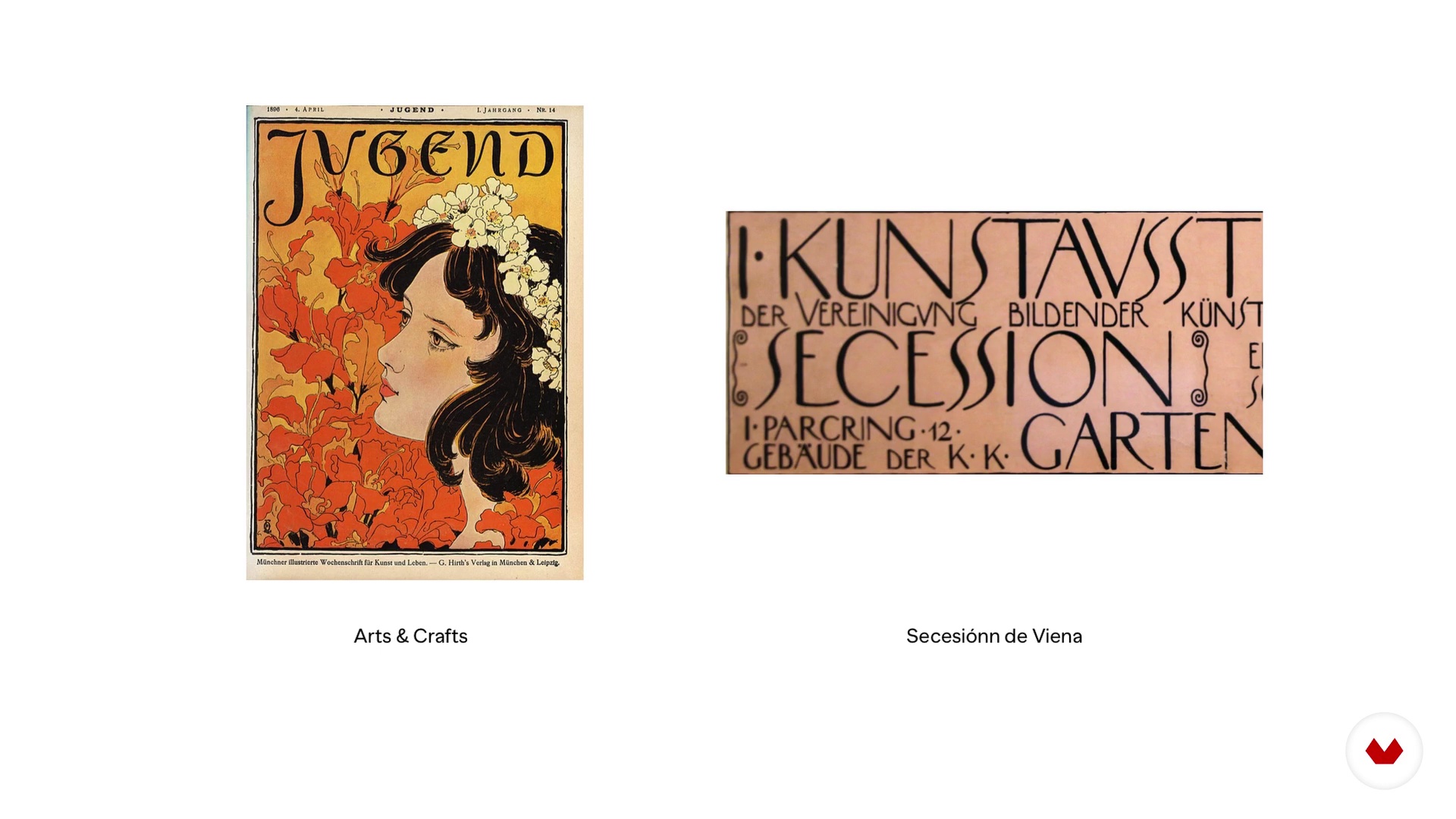
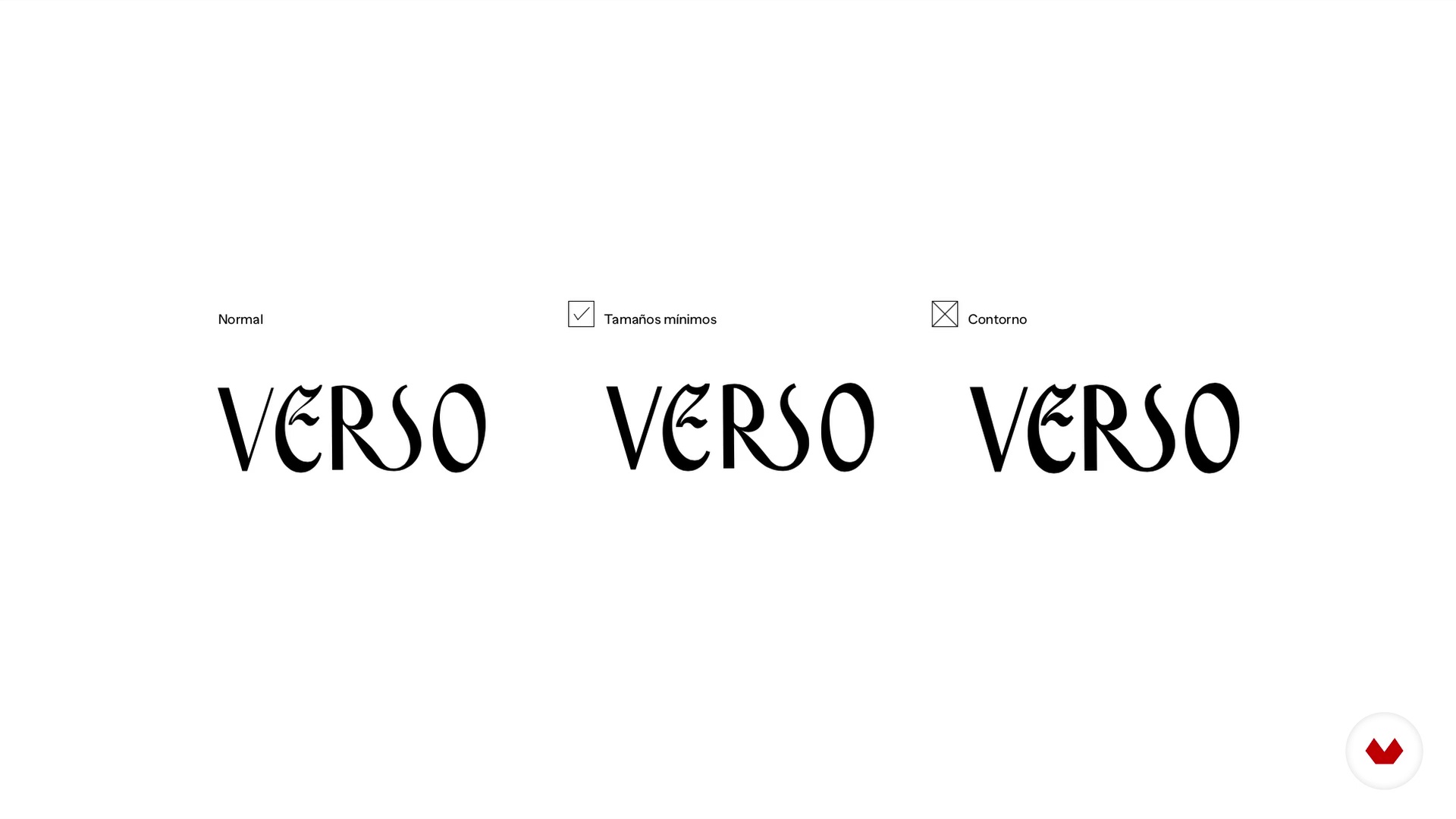
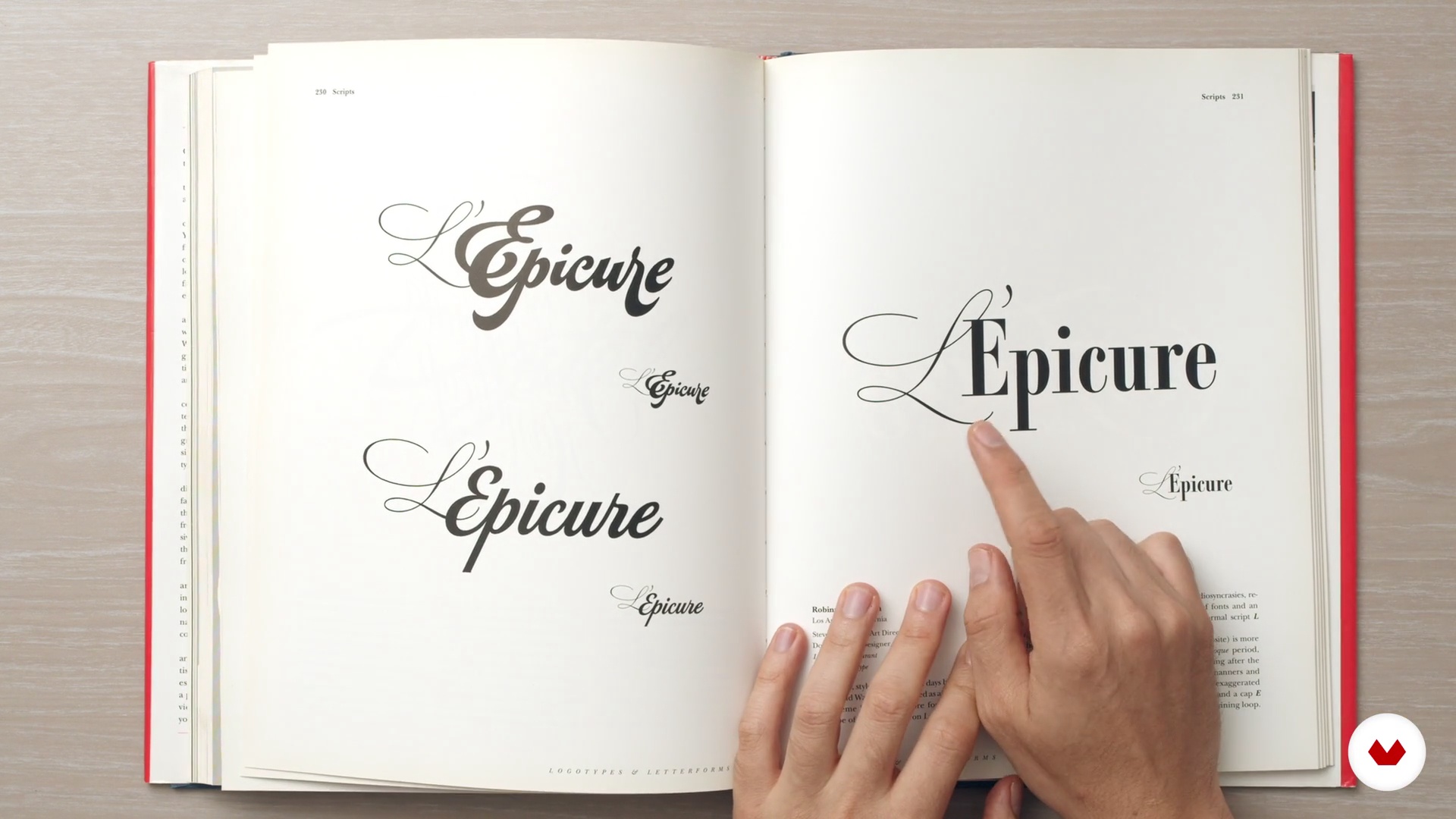

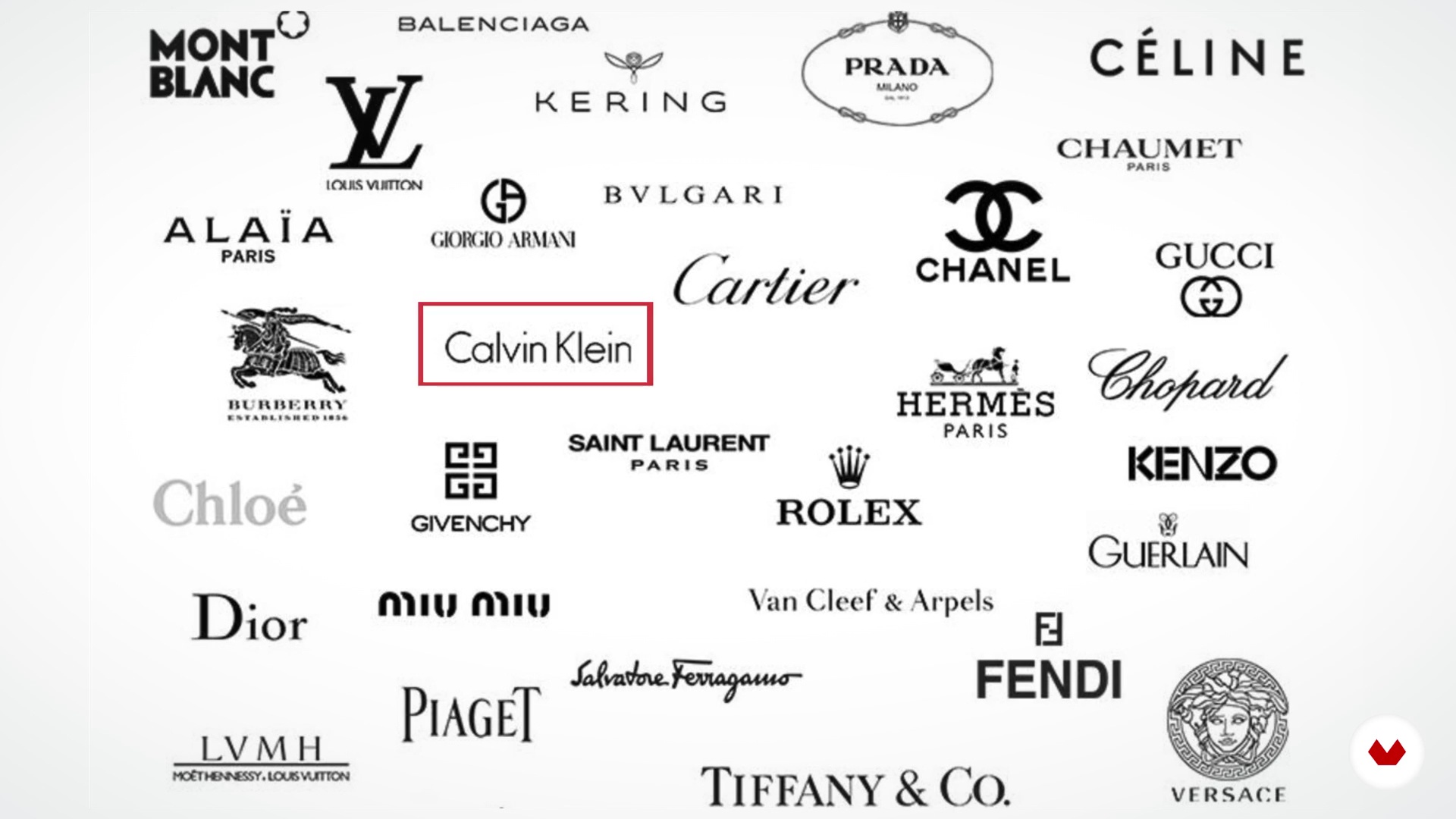
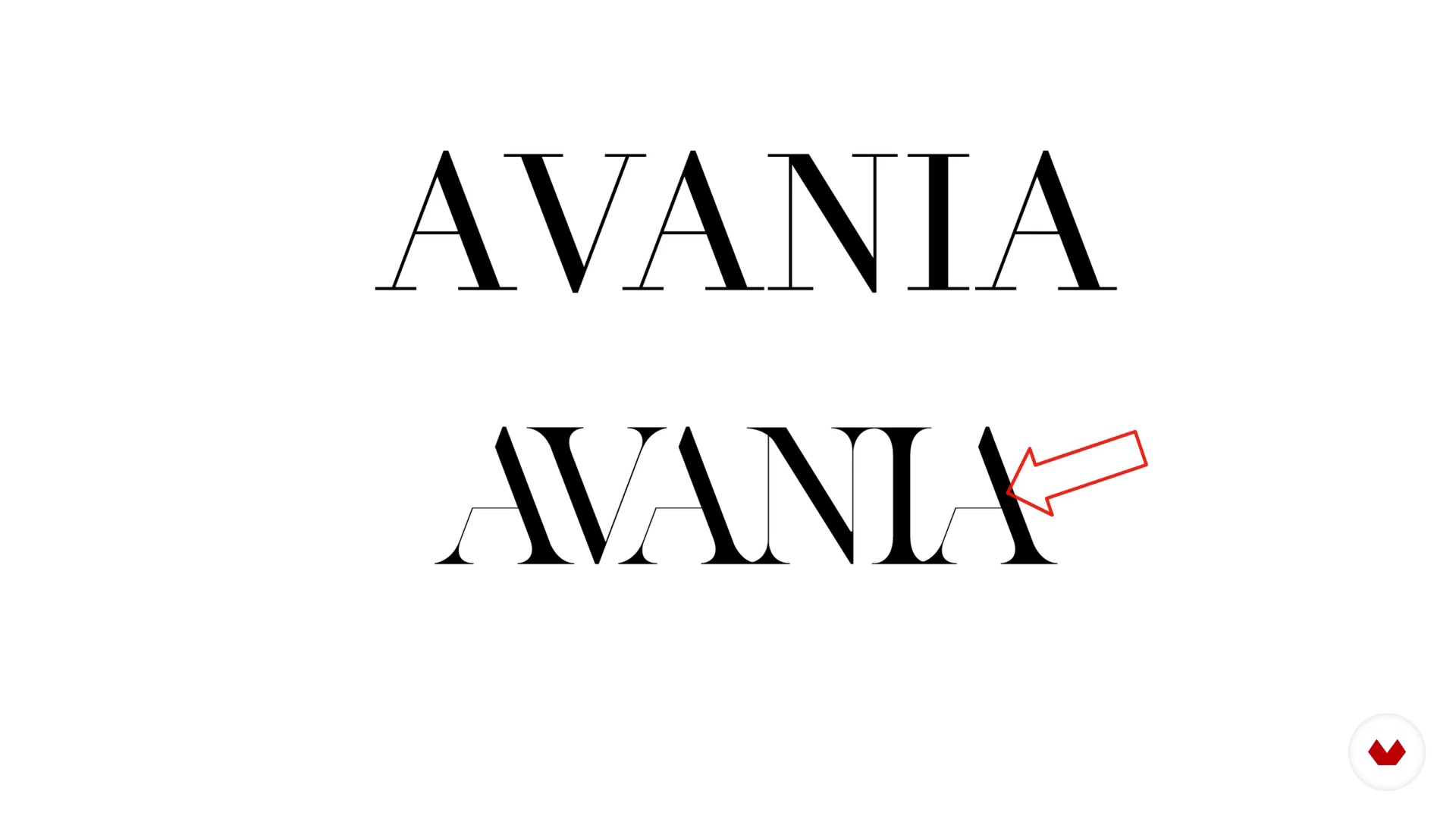
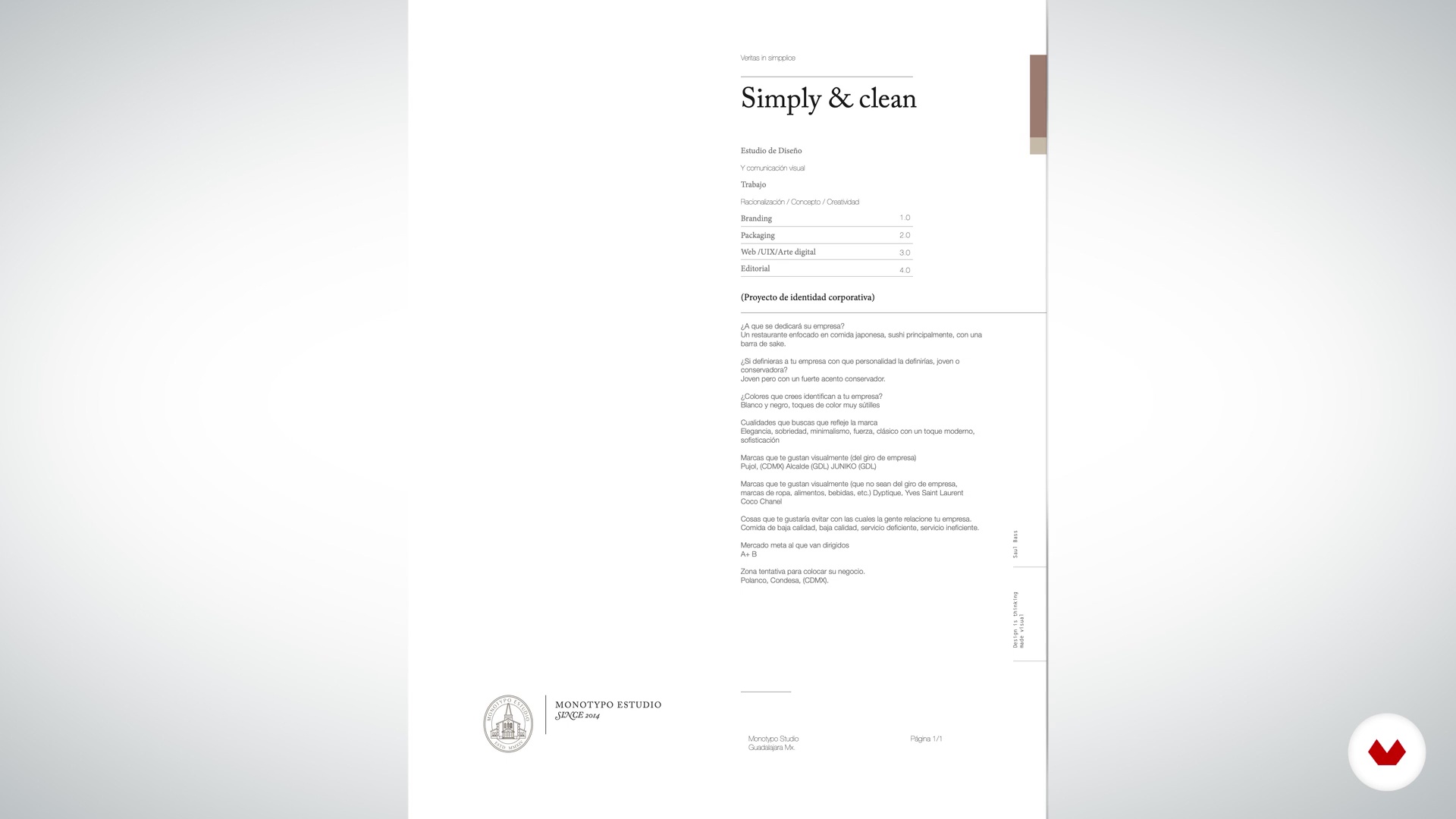

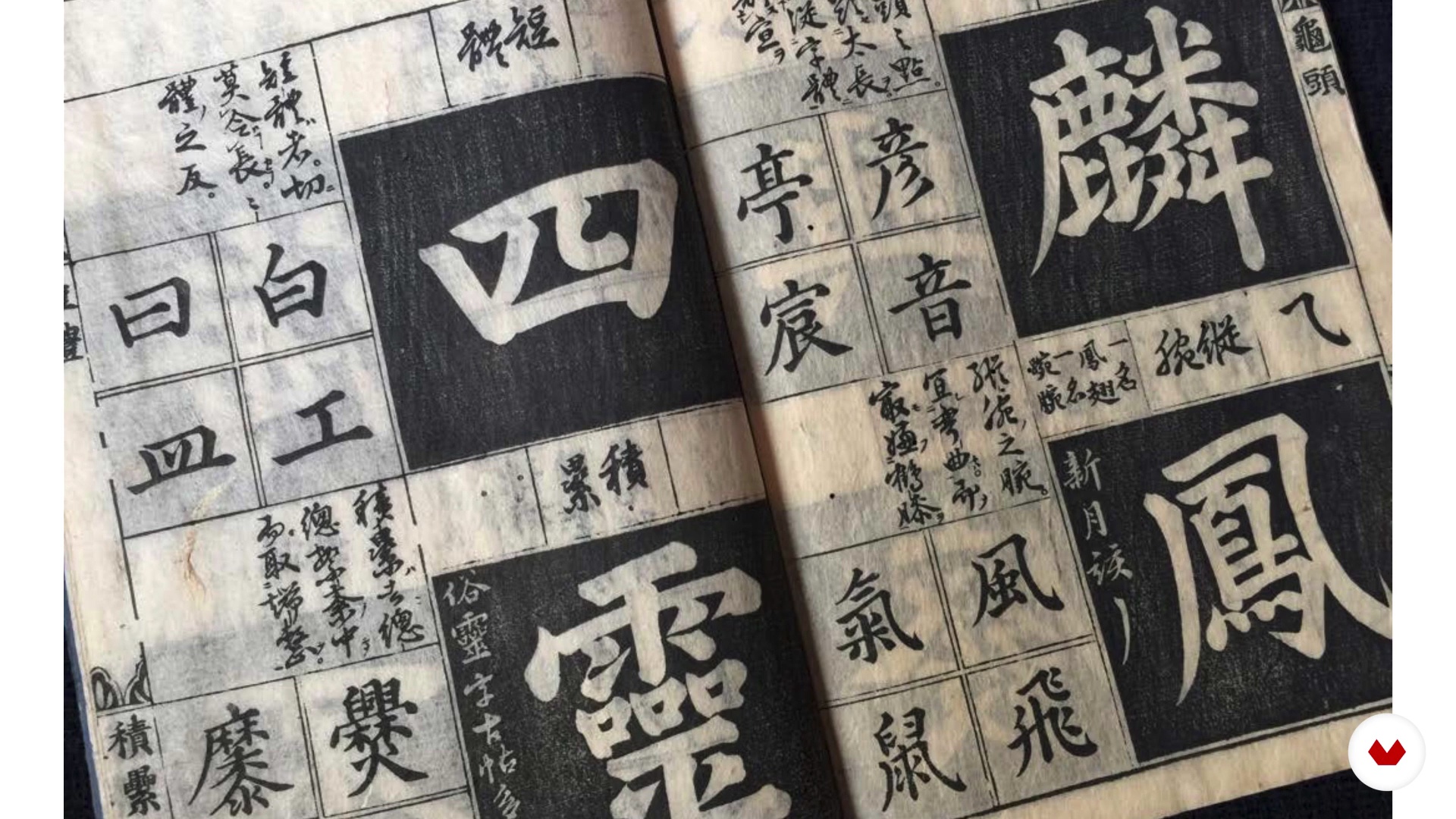
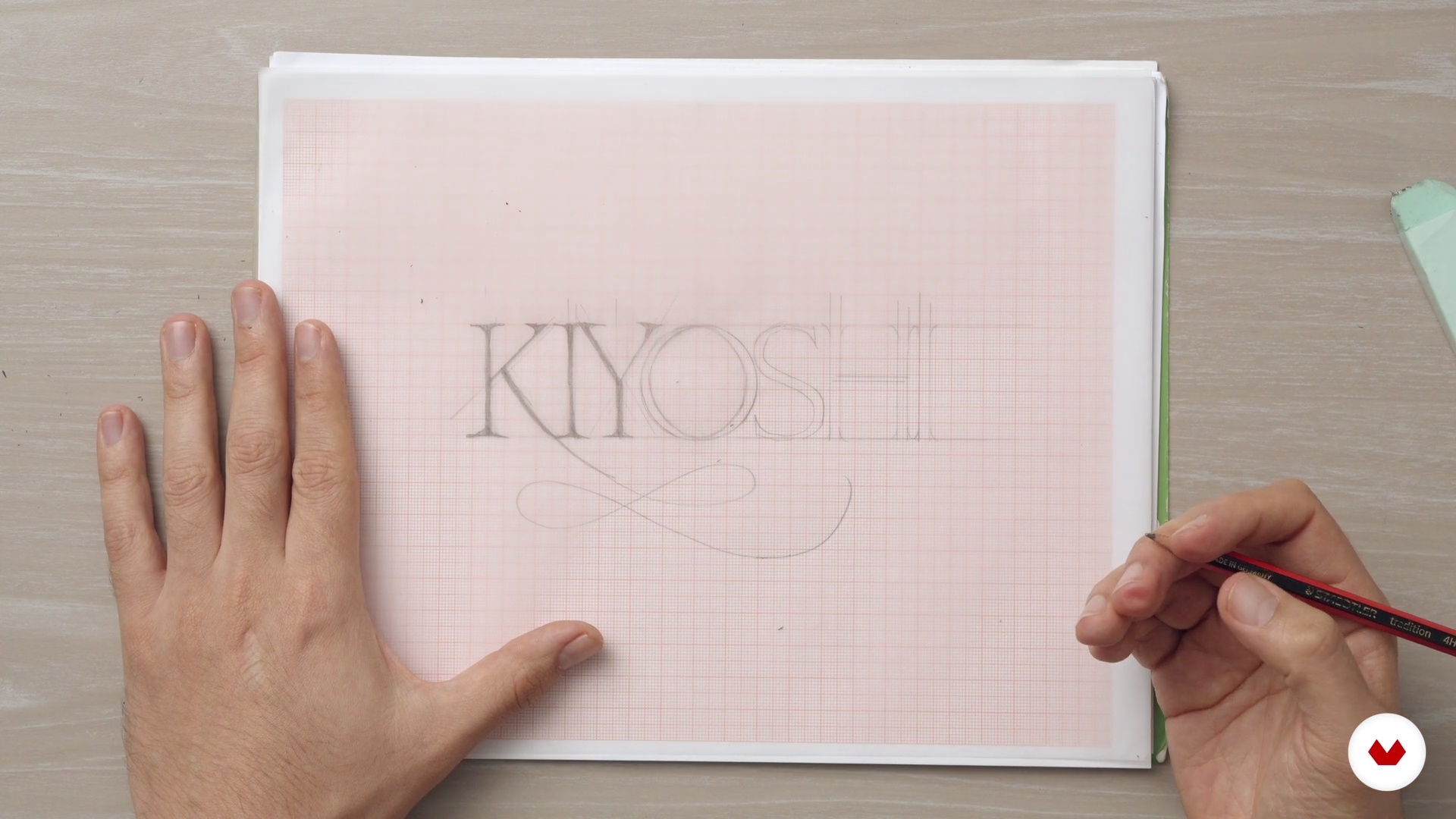
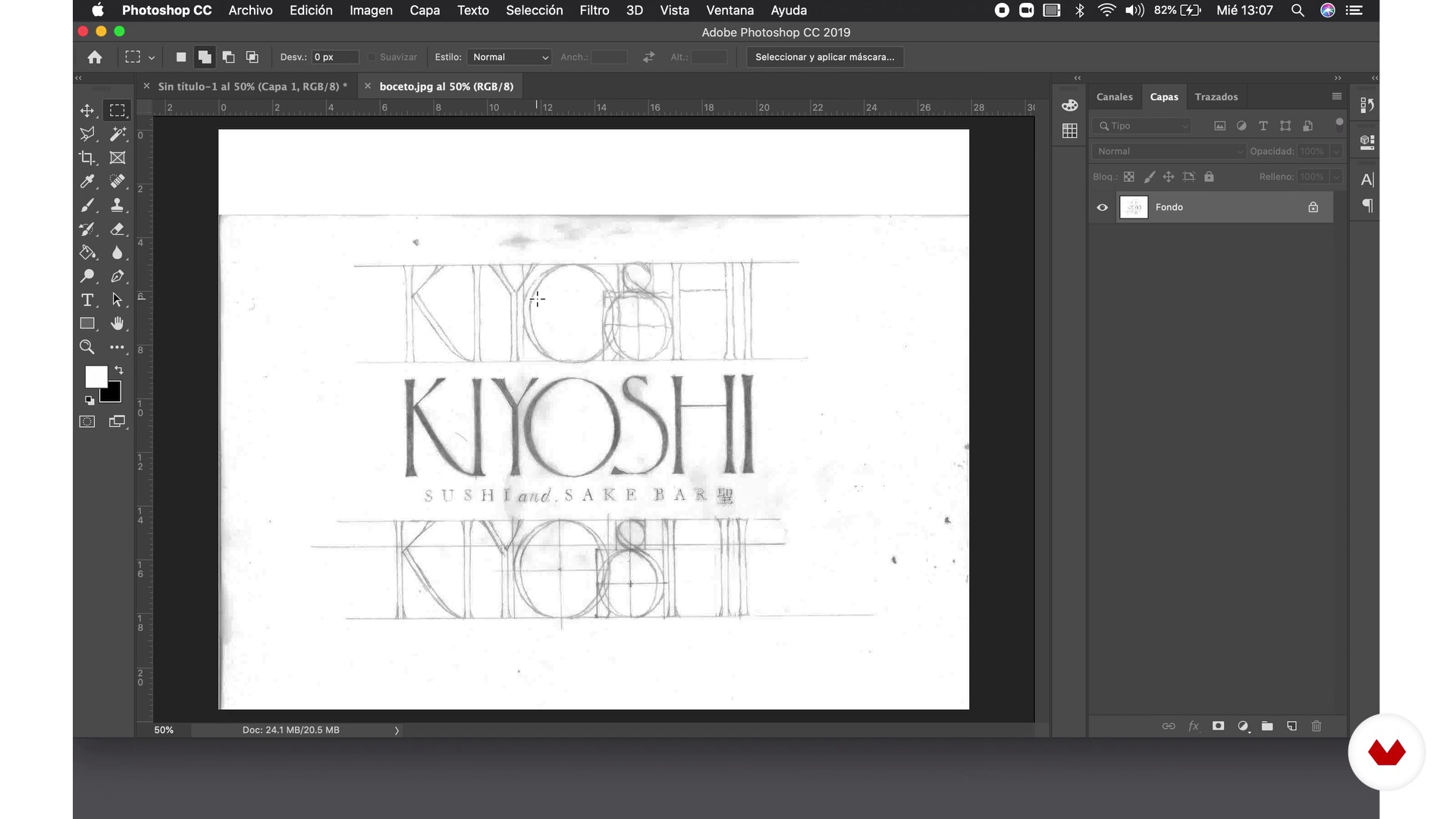
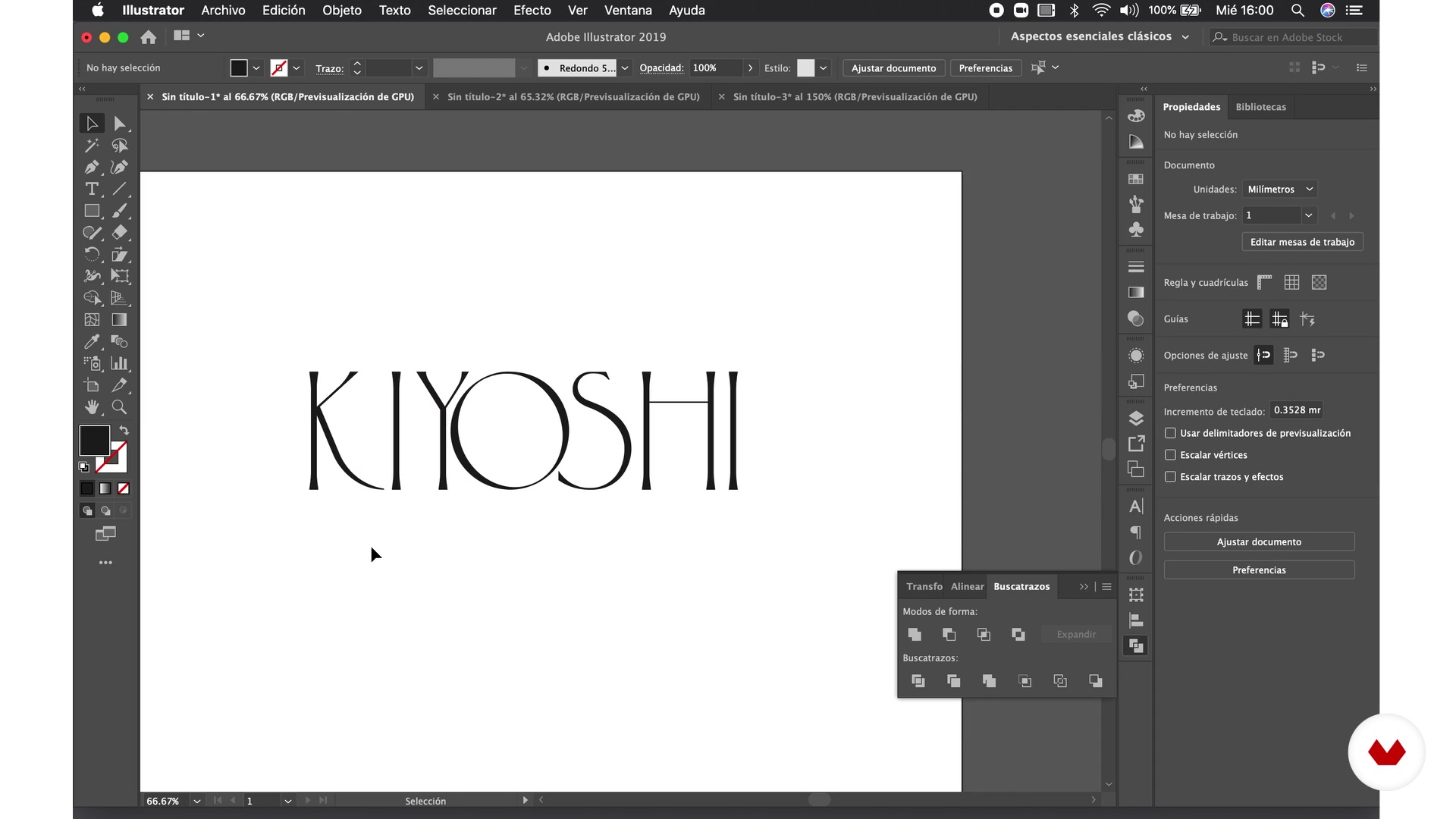
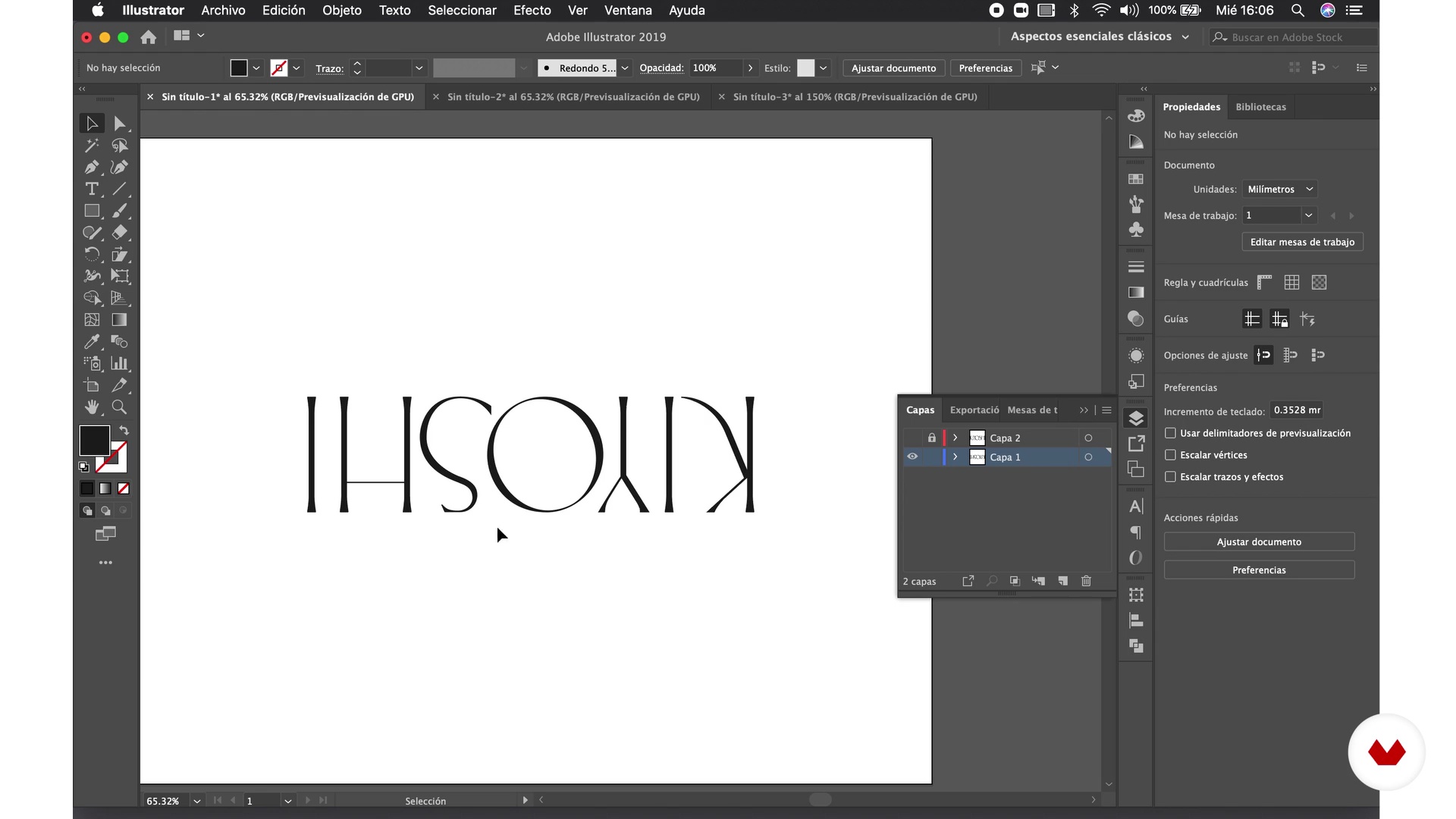
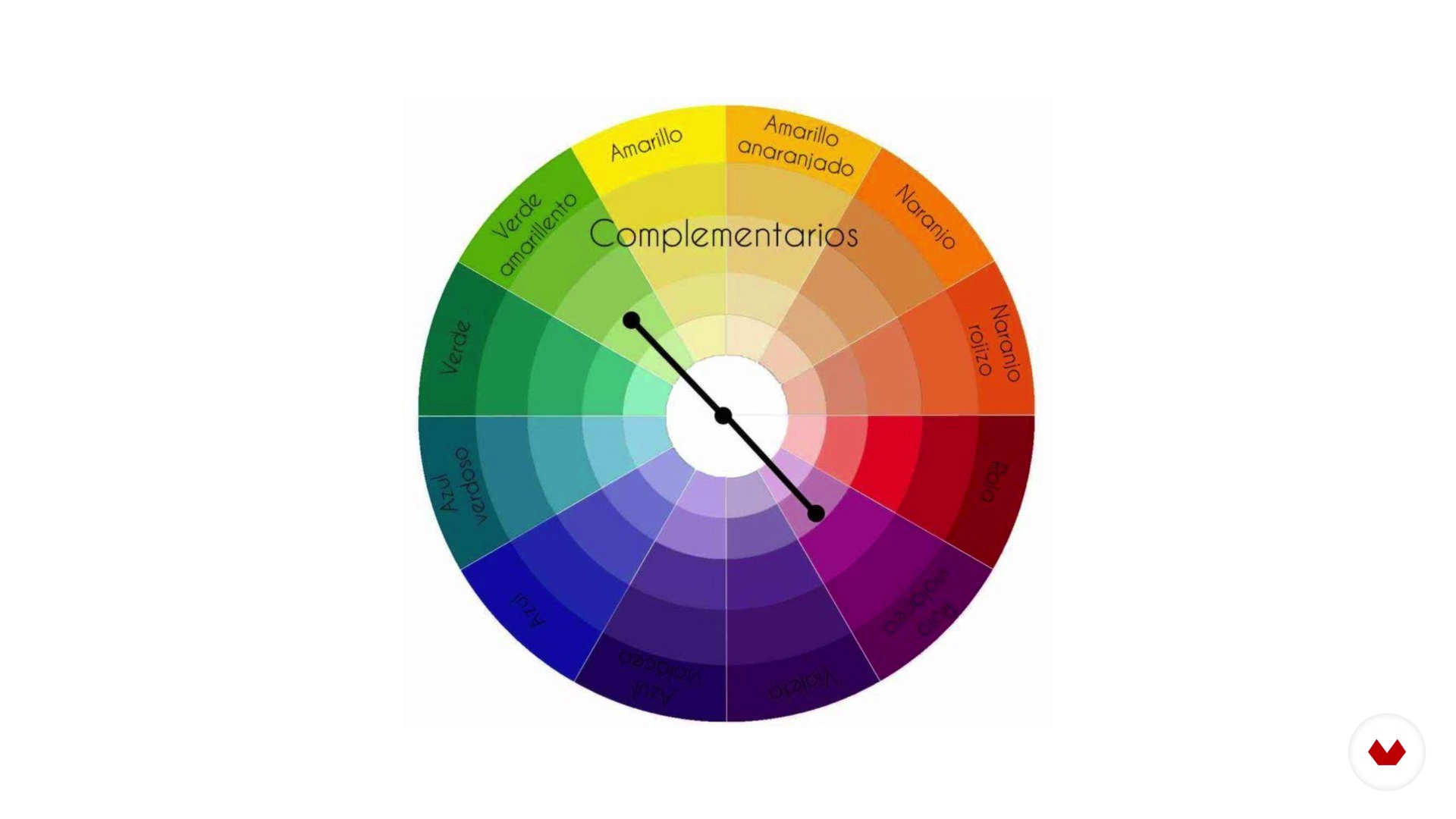
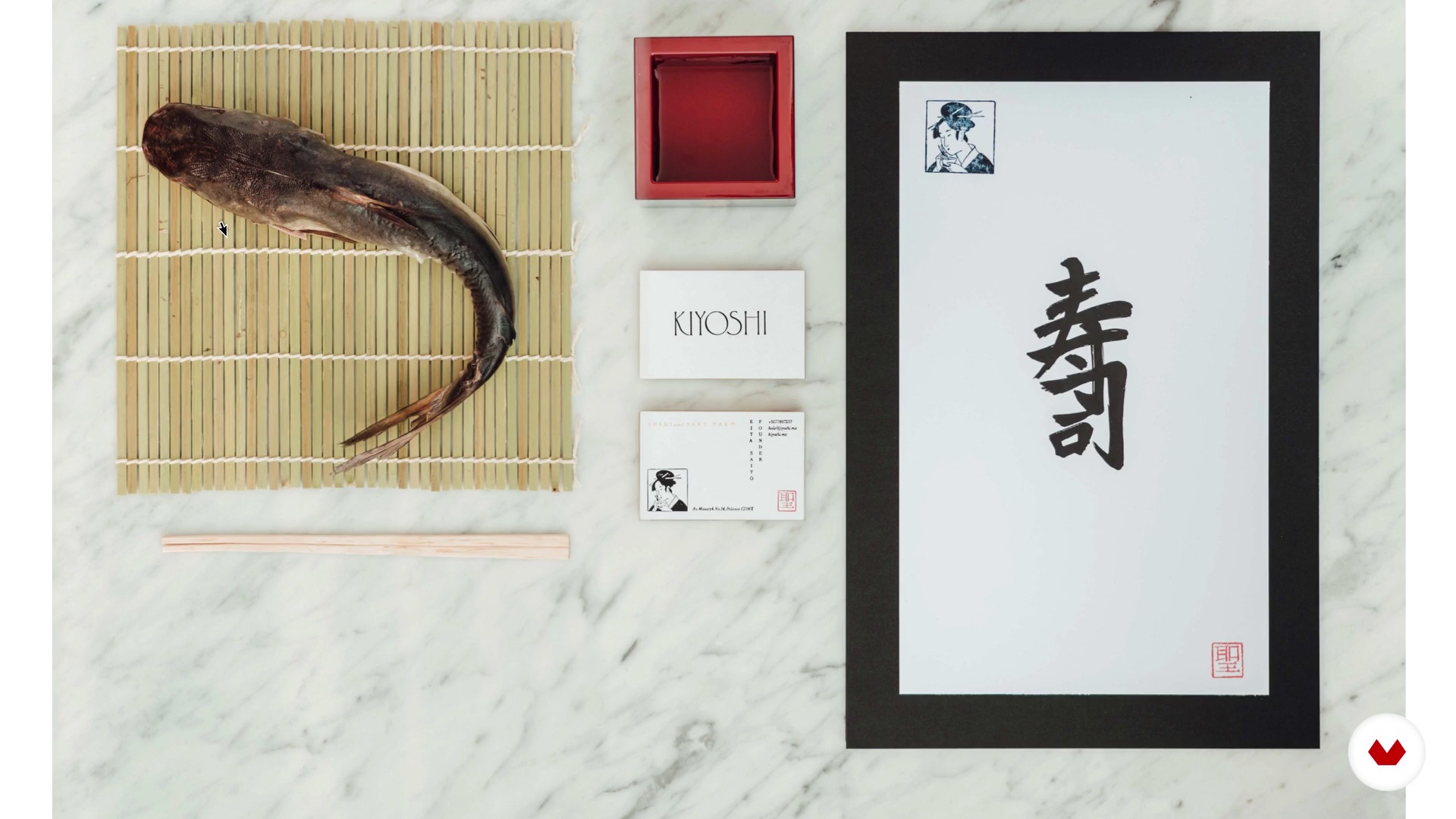
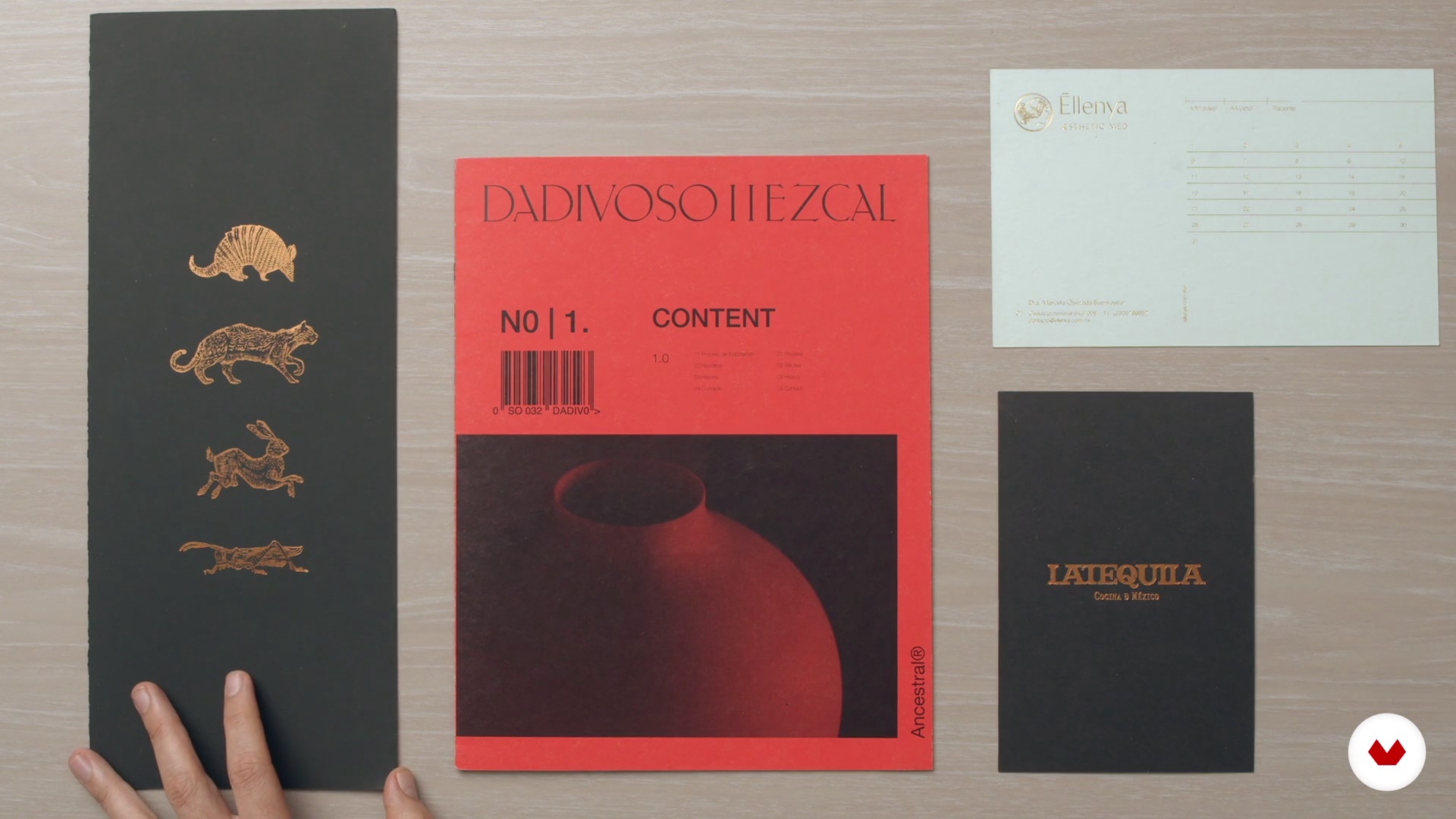
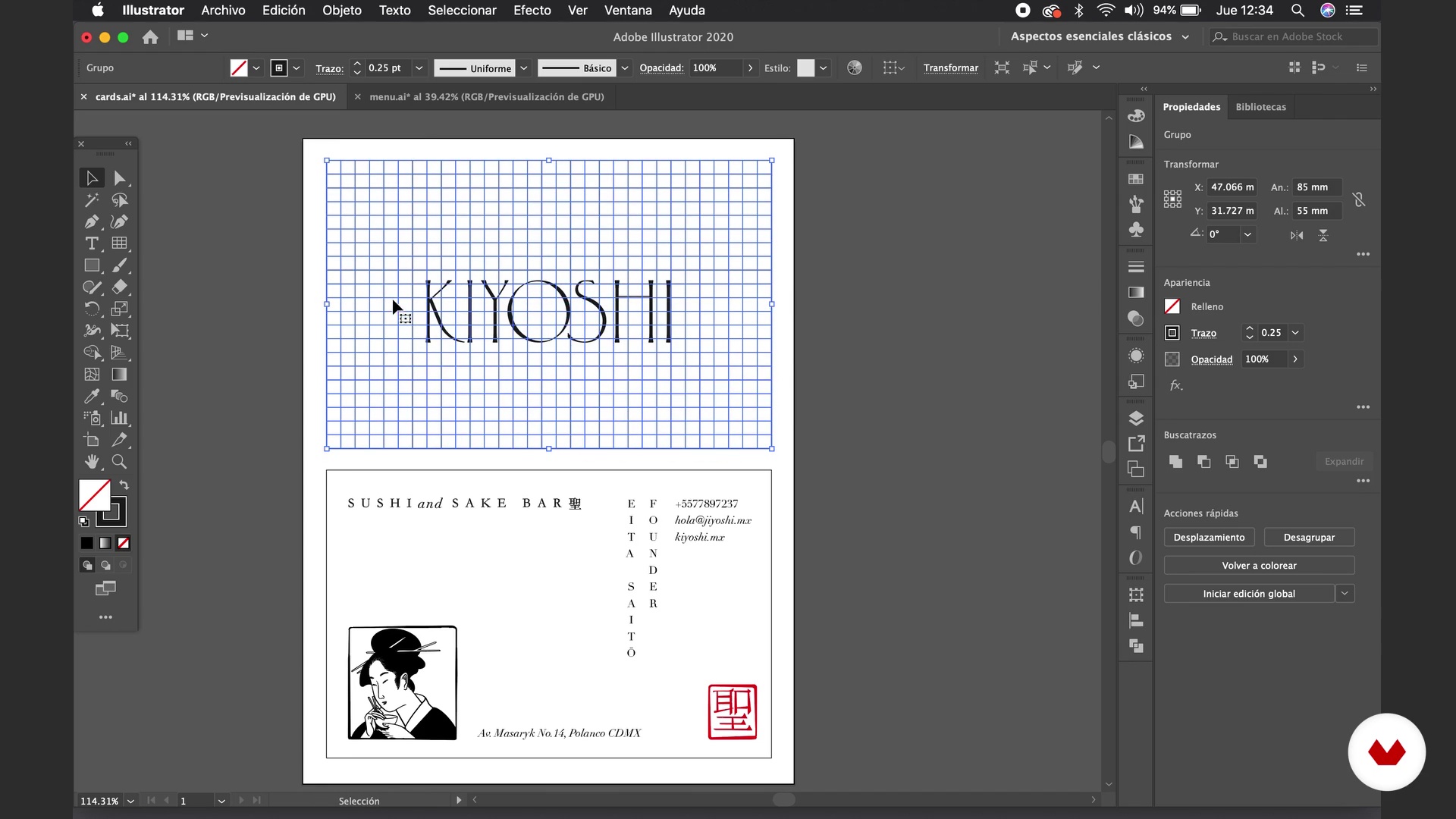


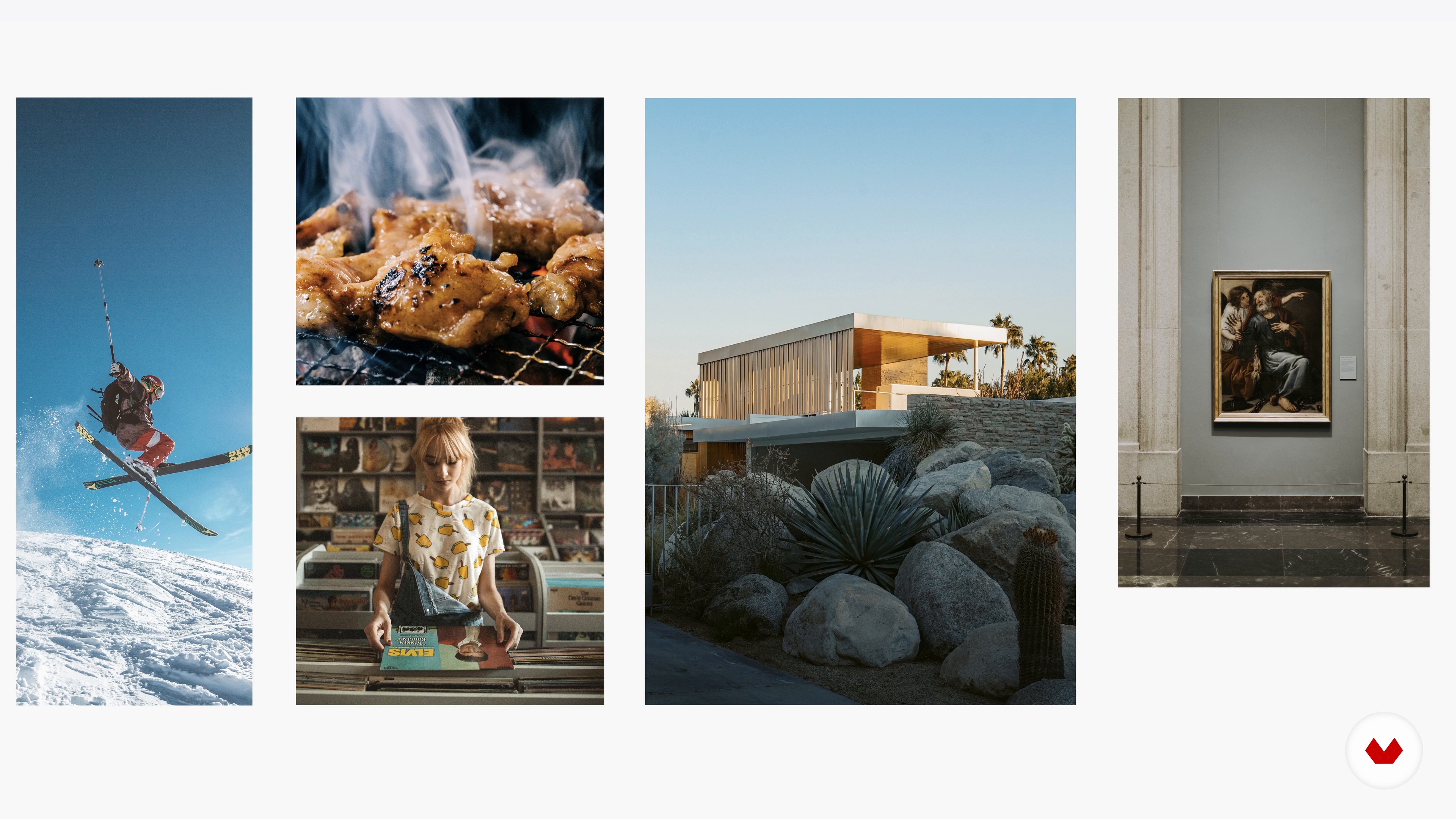
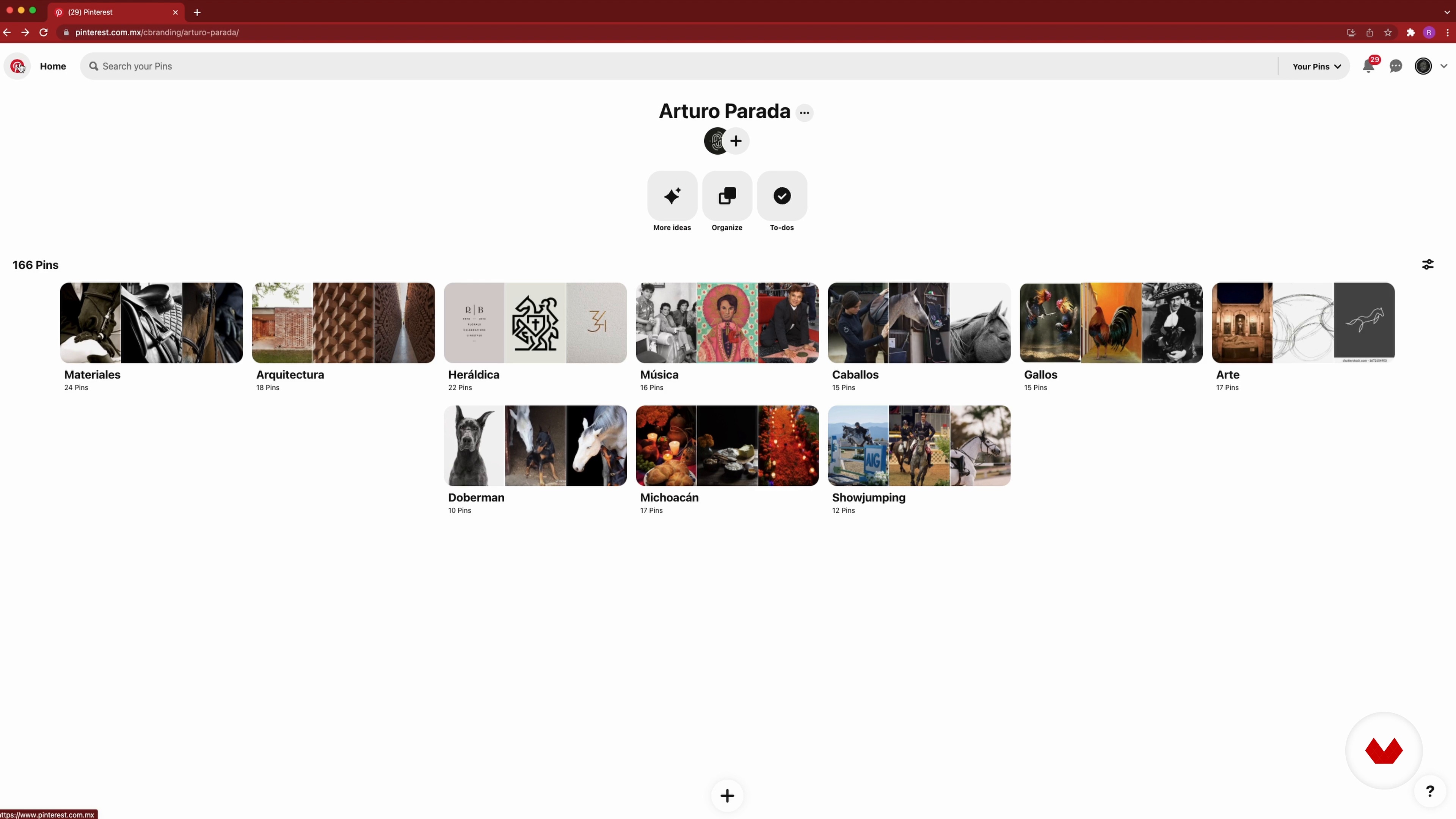
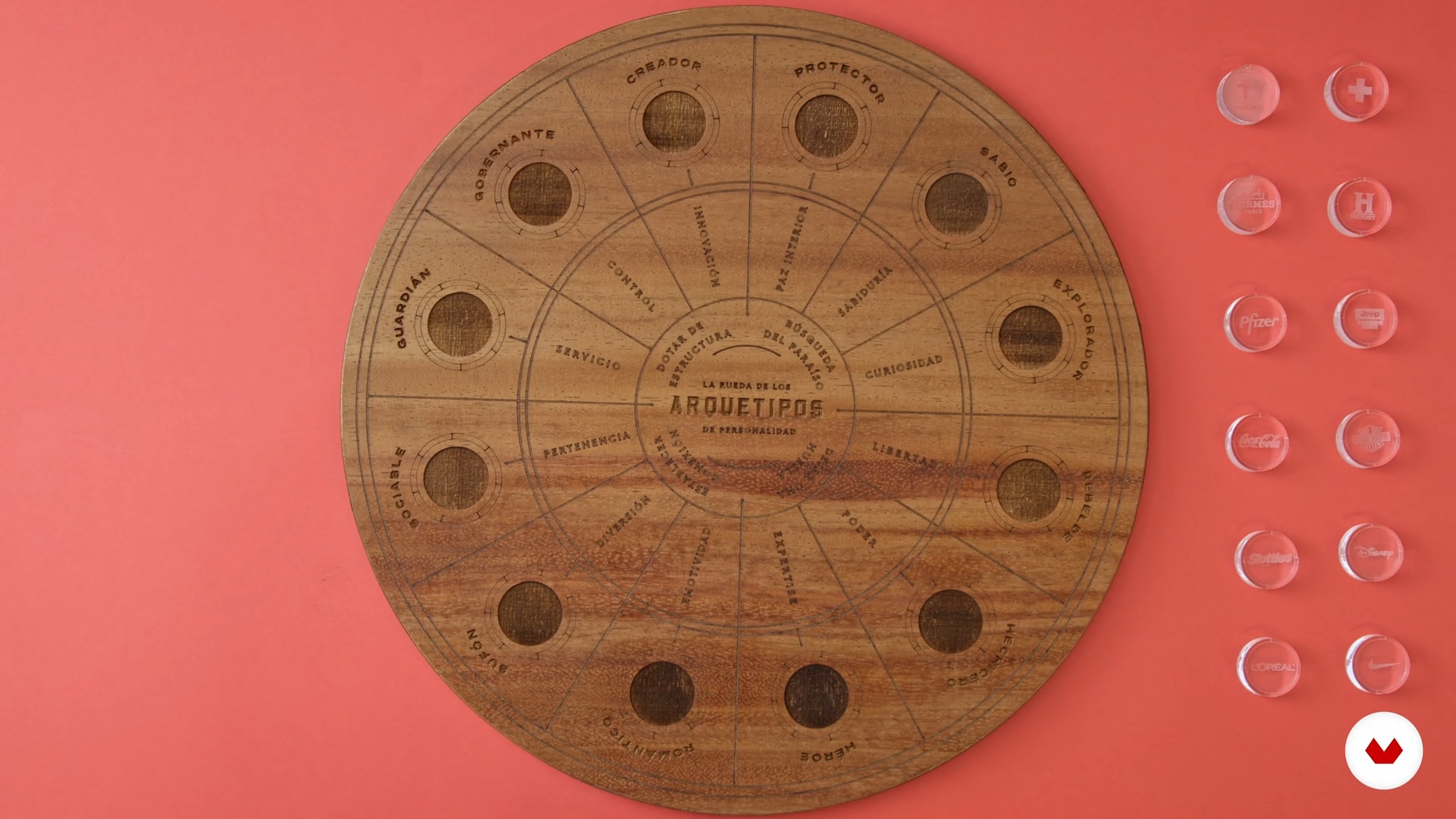

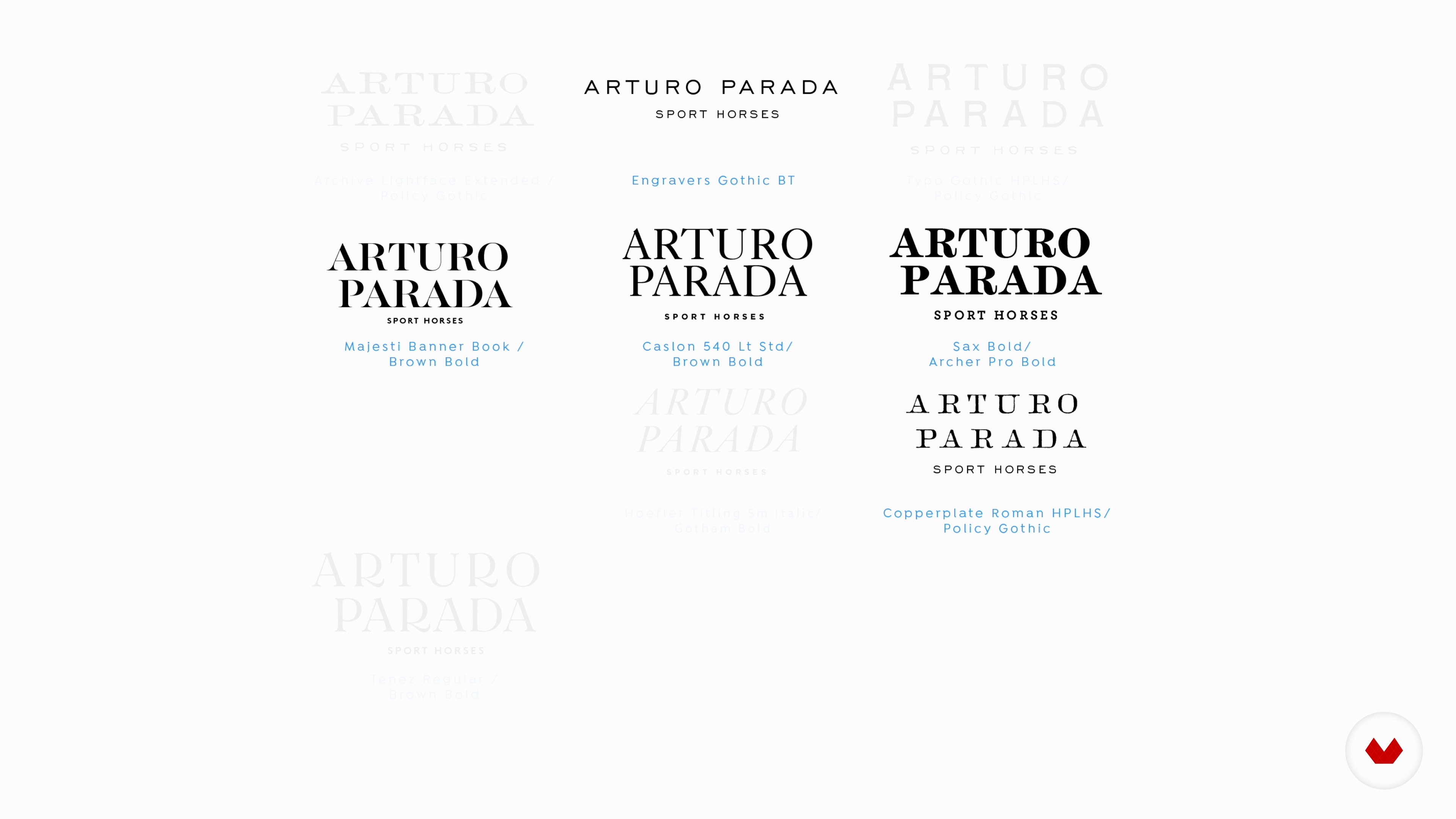
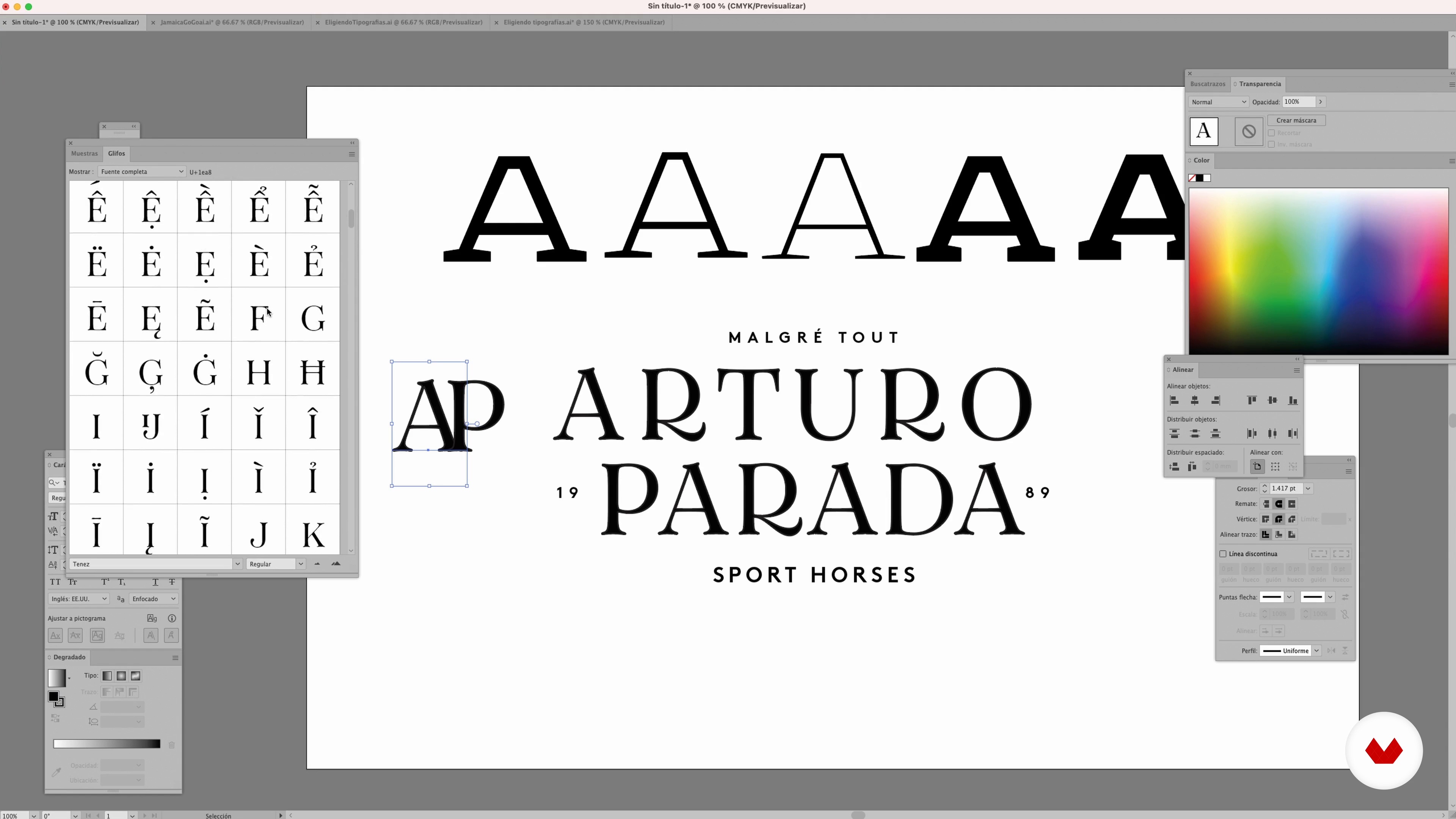
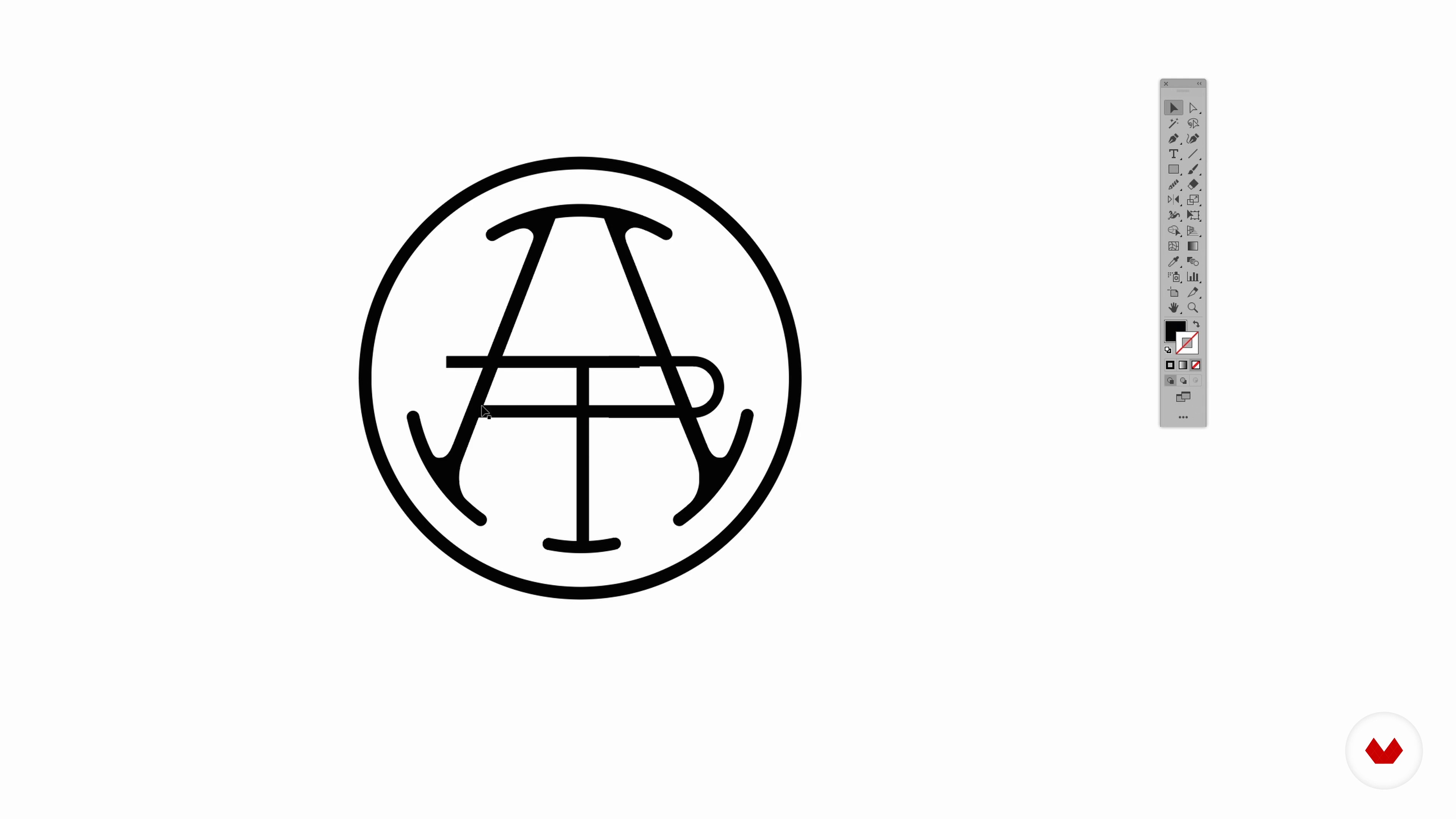

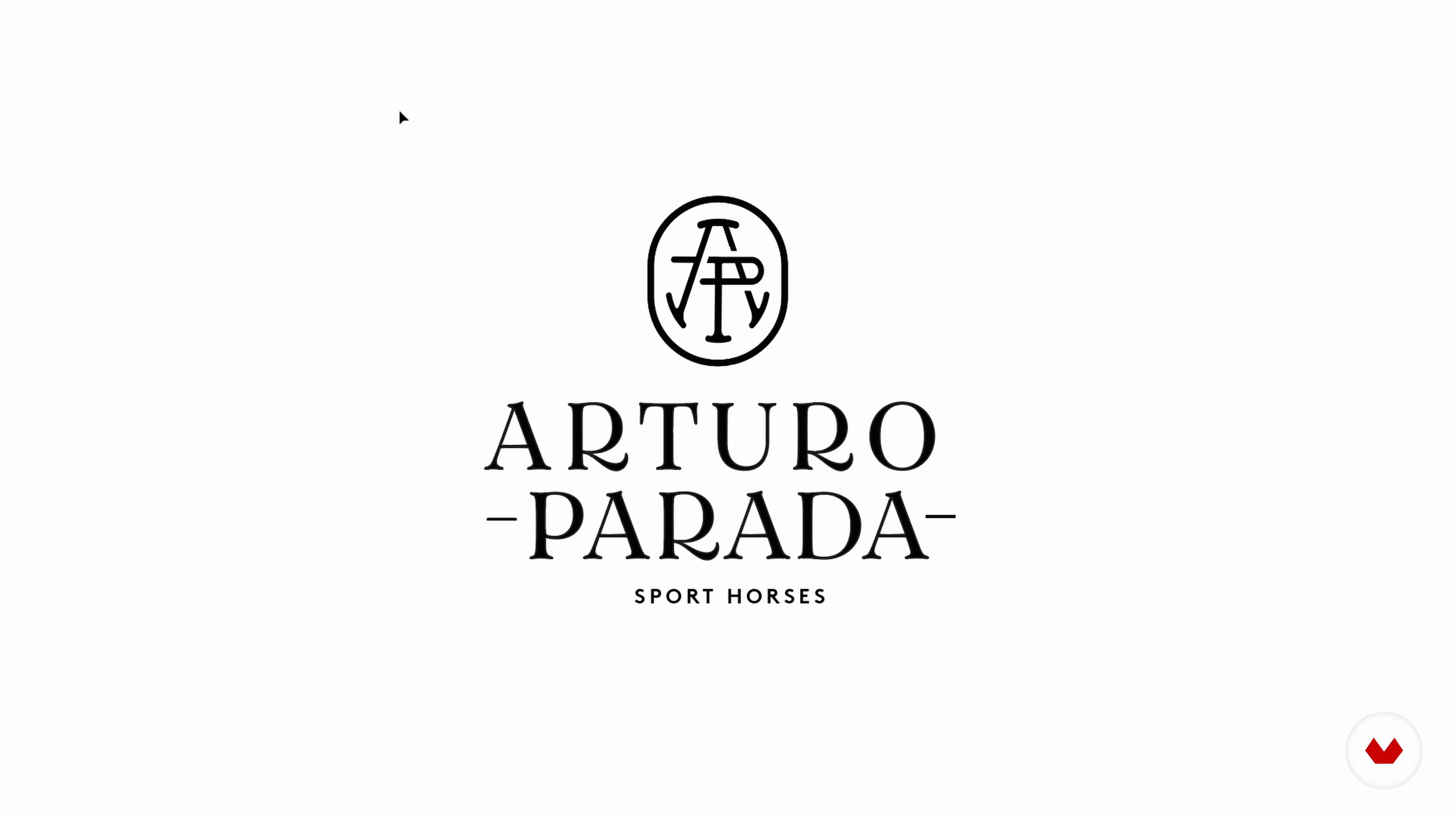
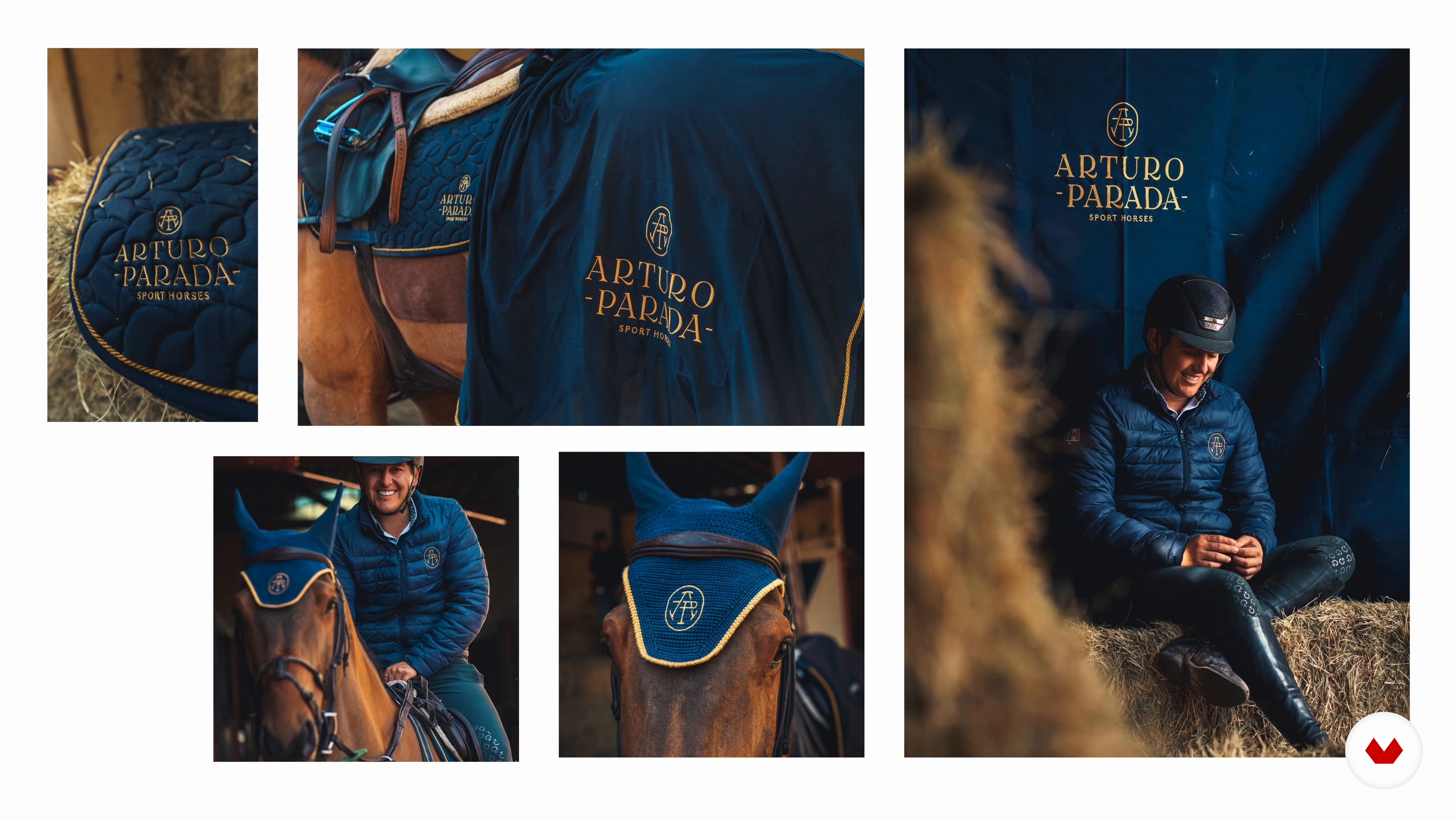
- 134 students
- 69 lessons (11h 38m)
- 100 additional resources (39 files)
- Online and at your own pace
- Audio: Spanish, English
- English · Spanish · Portuguese · German · French · Italian · Polish · Dutch
- Level: Beginner
- Unlimited access forever
What is this course's project?
You'll develop a narrative logo that encapsulates a brand's story and personality, integrating typographic design and storytelling techniques. You'll create coherent visual elements that connect emotionally with your audience, culminating in a powerful visual identity system.
Who is this specialization for?
Graphic designers who want to specialize in typographic logos will find this specialization a complete guide. From beginners to professionals looking to perfect their technique, everyone will develop the skills to create memorable and effective brand identities.
Requirements and materials
No extensive prior knowledge is required, but a basic interest in graphic design and access to a computer with design software are essential. Basic drawing and creativity skills will help you get the most out of your apprenticeship.

What to expect from this specialization course
-
Learn at your own pace
Enjoy learning from home without a set schedule and with an easy-to-follow method. You set your own pace.
-
Learn from the best professionals
Learn valuable methods and techniques explained by top experts in the creative sector.
-
Meet expert teachers
Each expert teaches what they do best, with clear guidelines, true passion, and professional insight in every lesson.
-
Certificates
PlusIf you're a Plus member, get a custom certificate for every specialization course. Share it on your portfolio, social media, or wherever you like.
-
Get front-row seats
Videos of the highest quality, so you don't miss a single detail. With unlimited access, you can watch them as many times as you need to perfect your technique.
-
Share knowledge and ideas
Ask questions, request feedback, or offer solutions. Share your learning experience with other students in the community who are as passionate about creativity as you are.
-
Connect with a global creative community
The community is home to millions of people from around the world who are curious and passionate about exploring and expressing their creativity.
-
Watch professionally produced courses
Domestika curates its teacher roster and produces every course in-house to ensure a high-quality online learning experience.
FAQs
Domestika's specialization courses are online classes that provide you with the tools and skills you need to complete a specific project. Every step of the project combines video lessons with complementary instructional material, so you can learn by doing. Domestika's specializations also allow you to share your own projects with other students, creating a dynamic course community.
All specialization courses are 100% online, so once they're published, specialization courses start and finish whenever you want. You set the pace of the class. You can go back to review what interests you most and skip what you already know, ask questions, answer questions, share your projects, and more.
The specialization courses are divided into different modules. Each one includes lessons, informational text, tasks, and practice exercises to help you carry out your project step by step, with additional complementary resources and downloads. You'll also have access to an exclusive forum where you can interact with other students, as well as share your work and your final project, creating a community around the specialization course.
You can redeem the specialization course you received by accessing the redeeming page and entering your gift code.





